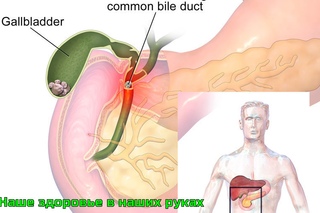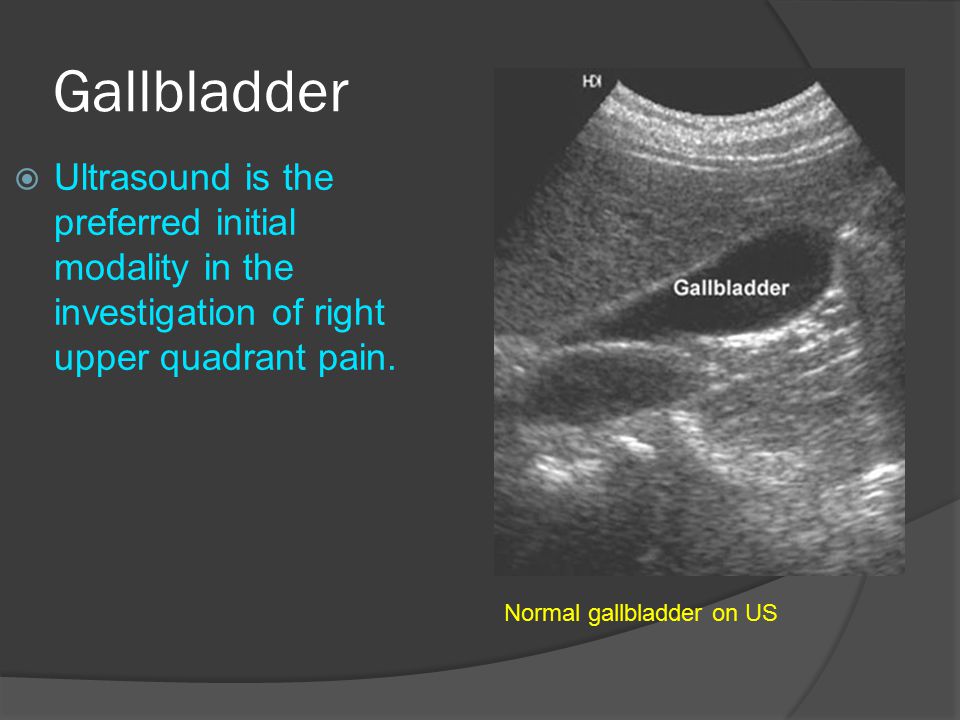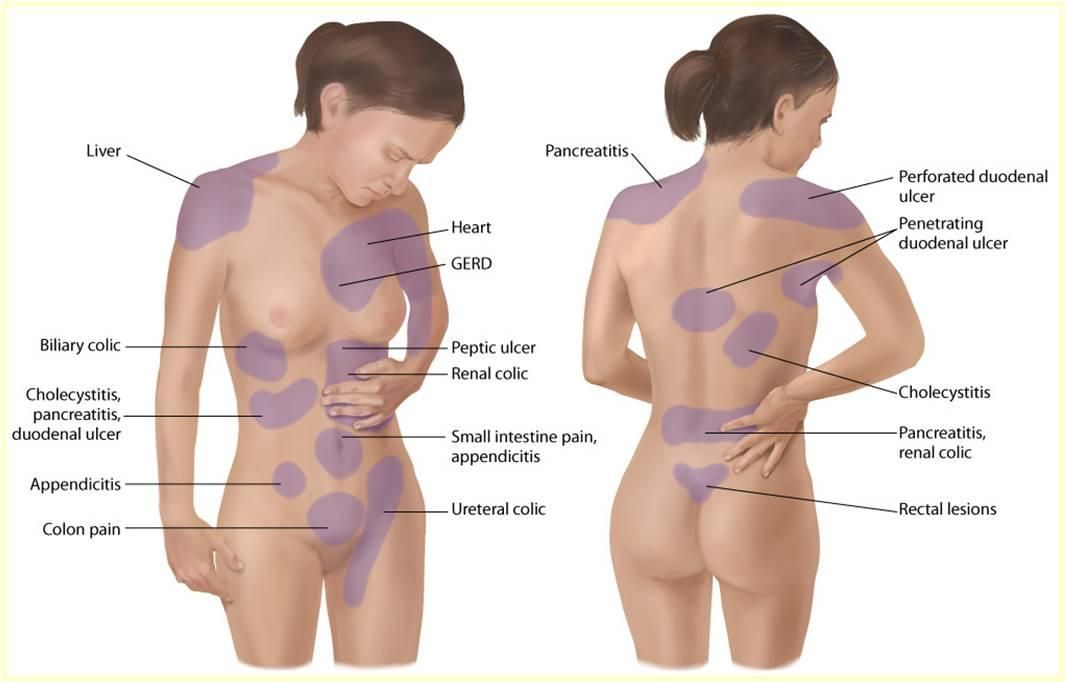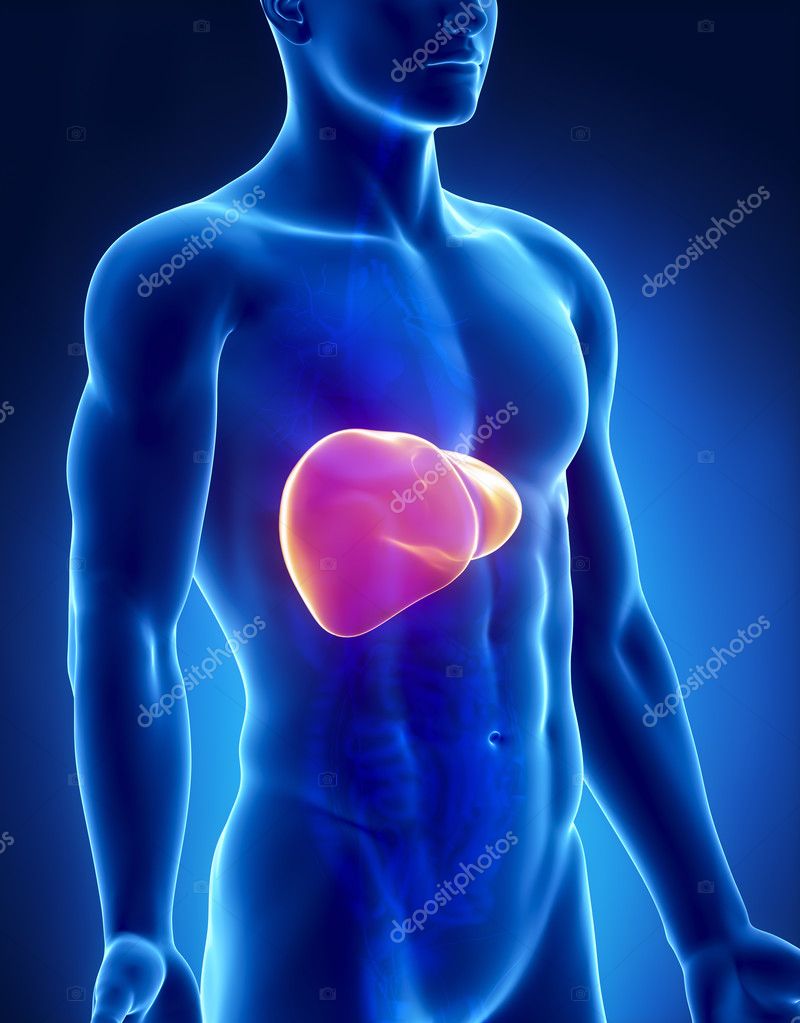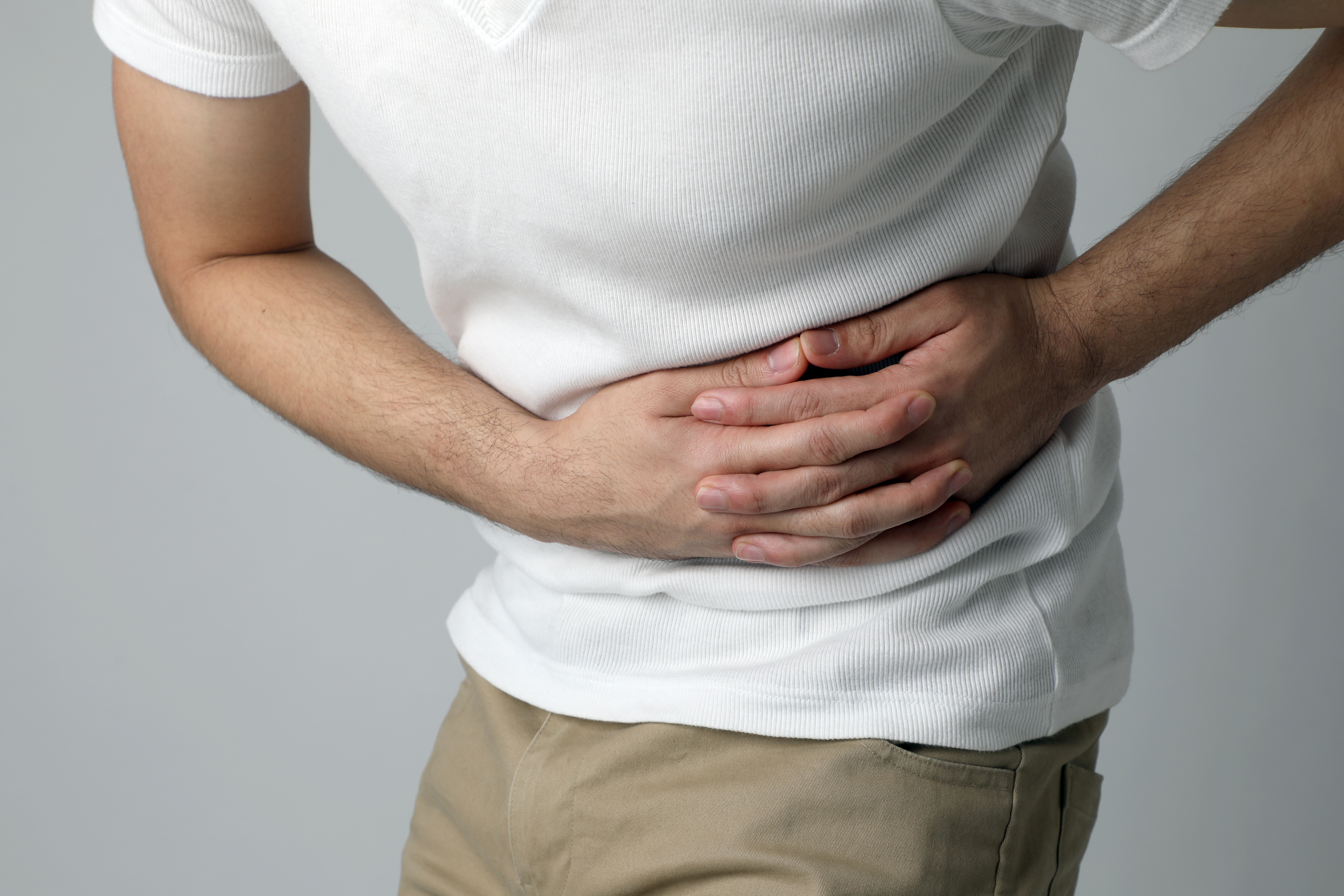Sharp Pain in Gallbladder: Causes, Symptoms, and Treatment of Gallbladder Attacks
What causes a gallbladder attack. How to recognize the symptoms of gallbladder problems. When to seek medical attention for gallbladder pain. What treatment options are available for gallbladder issues.
Understanding the Gallbladder and Its Function
The gallbladder is a small, pear-shaped organ located beneath the liver on the right side of the abdomen. Its primary function is to store and concentrate bile, a digestive fluid produced by the liver. When we eat, especially foods high in fat, the gallbladder contracts and releases bile into the small intestine to aid in the breakdown and absorption of fats.
While the gallbladder plays a role in digestion, it is not essential for survival. Many people live healthy lives after having their gallbladder removed. However, when the gallbladder malfunctions, it can lead to painful and potentially serious conditions, including gallbladder attacks.
What Causes a Gallbladder Attack?
Gallbladder attacks, also known as biliary colic, are typically caused by gallstones. These are solid, pebble-like deposits that form in the gallbladder from bile components. When gallstones block the bile ducts, it can lead to sudden and severe pain.
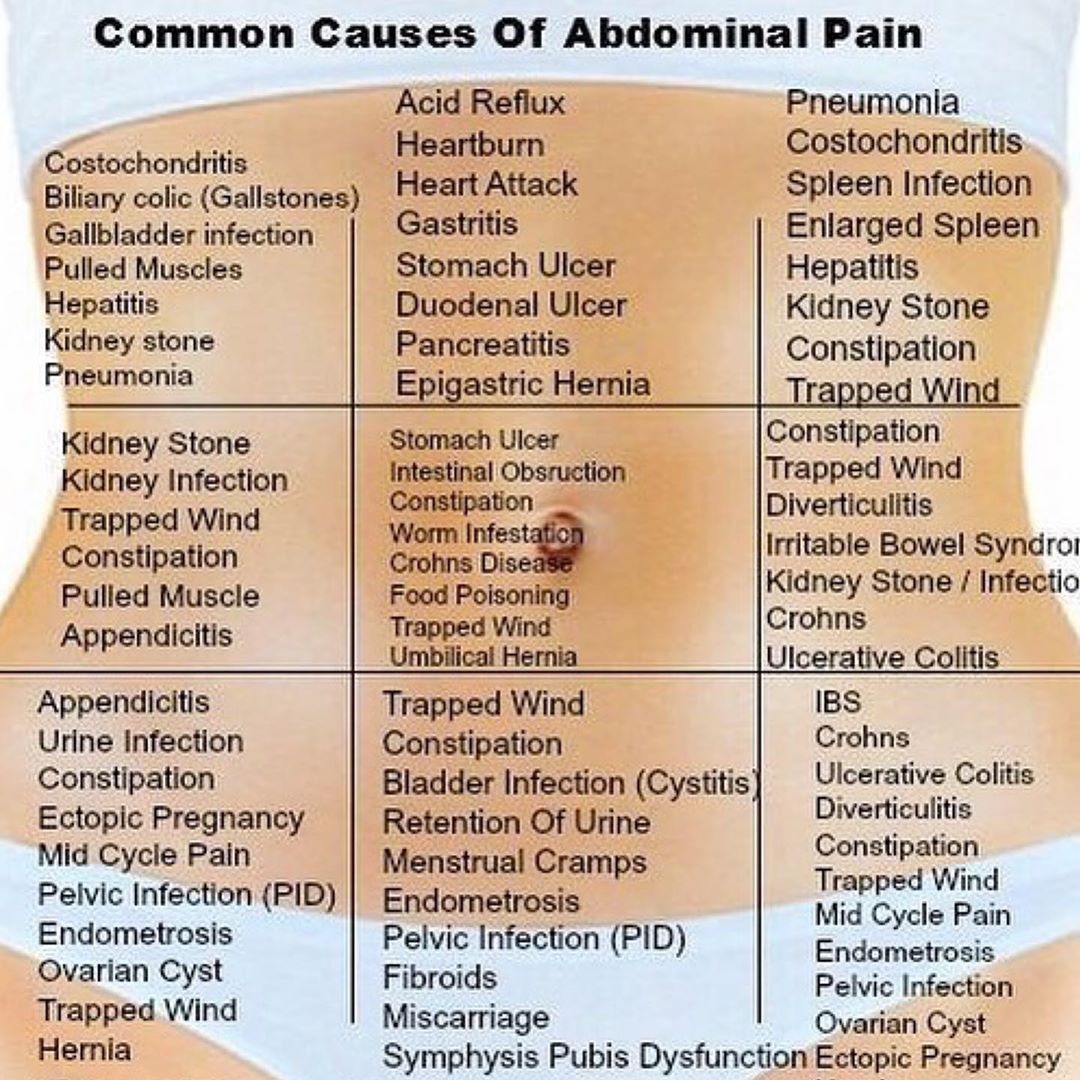
Types of Gallbladder Disease
There are two main types of gallbladder disease that can lead to attack-like symptoms:
- Cholecystitis: Inflammation of the gallbladder, often due to blocked bile ducts. It can also result from infections, tumors, or blood vessel problems.
- Choledocholithiasis: A condition where gallstones become lodged in the bile duct, obstructing the normal flow of bile.
Other factors that may increase the risk of gallbladder attacks include obesity, rapid weight loss, high-fat diets, and certain medications.
Recognizing the Symptoms of a Gallbladder Attack
Gallbladder attacks can be extremely painful and often occur suddenly. The primary symptom is a sharp, intense pain in the upper right or upper middle section of the abdomen. This pain may radiate to the back or right shoulder blade.
Other common symptoms include:
- Nausea and vomiting
- Fever and chills
- Abdominal bloating
- Indigestion
- Jaundice (yellowing of the skin and eyes)
Attacks often occur after consuming fatty or heavy meals, as these trigger gallbladder contractions.

Additional Signs of Gallbladder Problems
Beyond the acute symptoms of a gallbladder attack, there are other signs that may indicate ongoing gallbladder issues:
Fever
A persistent fever accompanying gallbladder pain could signal an infection. This requires immediate medical attention, as untreated gallbladder infections can spread to other parts of the body and cause serious complications.
Jaundice
When bile flow is obstructed, it can back up into the bloodstream, causing a yellowing of the skin and whites of the eyes. This condition, known as jaundice, is a clear indication that medical intervention is necessary.
Changes in Appetite and Digestion
Gallbladder problems can affect your digestive system in various ways:
- Loss of appetite
- Feeling of fullness
- Frequent diarrhea
- Light-colored stools
- Dark urine
These symptoms occur because the gallbladder is not effectively releasing bile to aid in fat digestion.
Diagnosing Gallbladder Issues
If you suspect you’re experiencing gallbladder problems, it’s crucial to seek medical attention. Your doctor will likely perform a physical examination and may order several tests to confirm the diagnosis:

- Ultrasound: This is the most common imaging test used to detect gallstones and gallbladder inflammation.
- Blood tests: To check for signs of infection or other complications.
- HIDA scan: A specialized imaging test that evaluates gallbladder function.
- CT scan or MRI: These may be used to get a more detailed view of the gallbladder and surrounding organs.
Early diagnosis is key to preventing more serious complications and determining the most appropriate treatment plan.
Treatment Options for Gallbladder Attacks
The treatment for gallbladder attacks depends on the severity and frequency of symptoms. Options may include:
Conservative Management
For mild, infrequent attacks, your doctor may recommend:
- Dietary changes: Reducing fat intake and avoiding trigger foods.
- Pain management: Over-the-counter or prescription pain relievers.
- Watchful waiting: Monitoring symptoms to see if they resolve on their own.
Medical Interventions
For more severe or recurrent cases, medical treatments may be necessary:
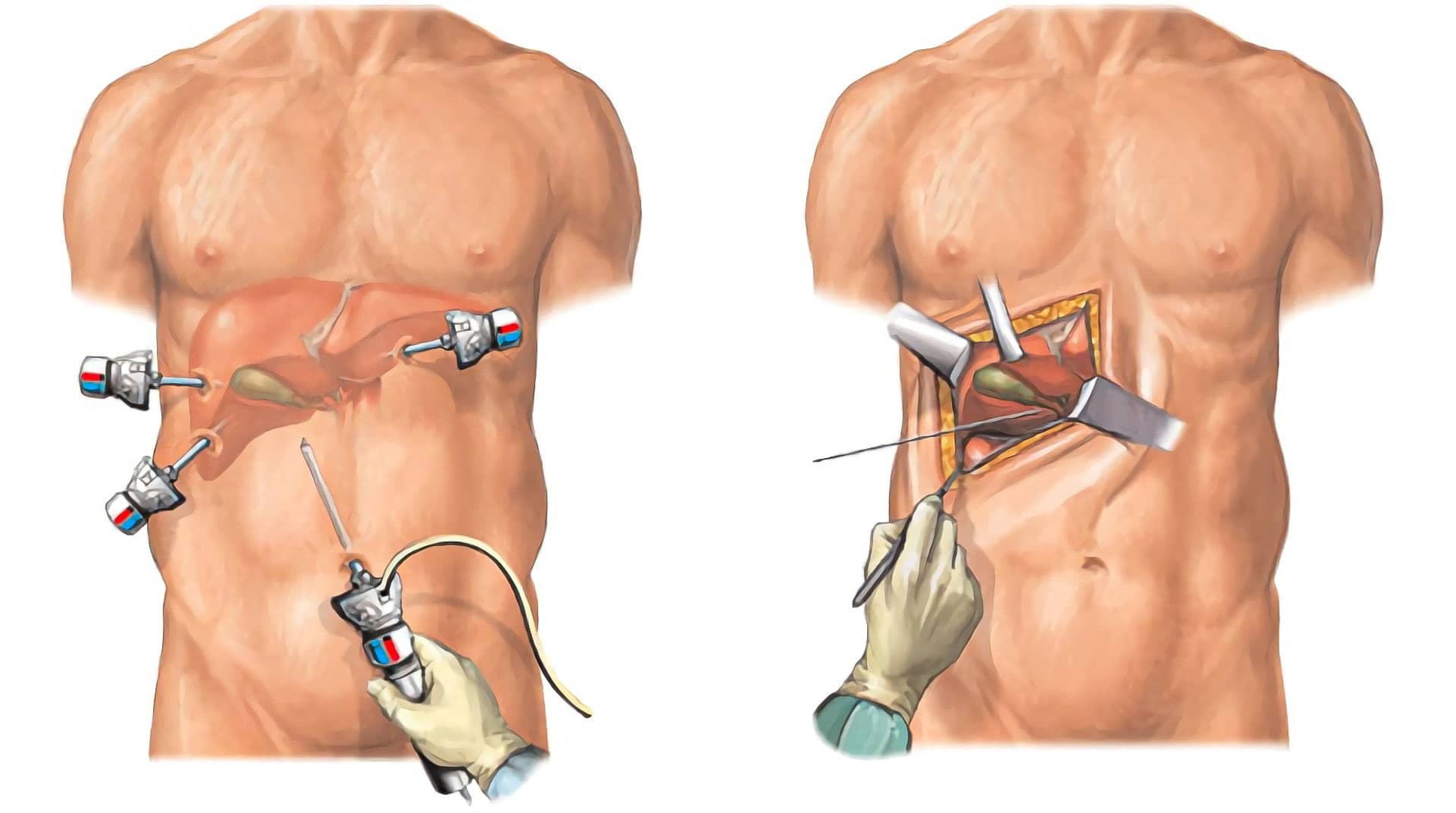
- Medications: Drugs to dissolve small gallstones or manage pain.
- ERCP (Endoscopic Retrograde Cholangiopancreatography): A procedure to remove gallstones from the bile duct.
- Cholecystectomy: Surgical removal of the gallbladder, often performed laparoscopically.
Your healthcare provider will work with you to determine the best course of action based on your individual situation.
Preventing Gallbladder Attacks
While not all gallbladder attacks can be prevented, certain lifestyle changes may help reduce your risk:
- Maintain a healthy weight: Obesity is a significant risk factor for gallstones.
- Eat a balanced diet: Focus on fruits, vegetables, whole grains, and lean proteins.
- Avoid rapid weight loss: Crash diets can increase the risk of gallstone formation.
- Stay hydrated: Drinking adequate water may help prevent gallstone formation.
- Exercise regularly: Physical activity can help maintain a healthy weight and promote good digestive health.
By adopting these habits, you may be able to reduce your risk of developing gallbladder problems and improve your overall digestive health.

When to Seek Emergency Care
While many gallbladder attacks can be managed at home or with outpatient treatment, certain symptoms warrant immediate medical attention. Seek emergency care if you experience:
- Severe, unrelenting abdominal pain
- High fever with chills
- Yellowing of the skin or eyes (jaundice)
- Persistent nausea and vomiting
- Dark urine or clay-colored stools
These symptoms could indicate a serious gallbladder complication, such as acute cholecystitis or cholangitis, which require prompt medical intervention to prevent potentially life-threatening consequences.
Complications of Untreated Gallbladder Issues
Ignoring gallbladder problems can lead to severe complications, including:
- Gallbladder rupture
- Pancreatitis
- Sepsis
- Bile duct obstruction
- Gallbladder cancer (rare)
These complications underscore the importance of addressing gallbladder symptoms promptly and following through with recommended treatments.
Living Without a Gallbladder
For many people with chronic gallbladder issues, cholecystectomy (gallbladder removal) is the recommended treatment. It’s natural to wonder how this might affect your life. Here’s what you should know:
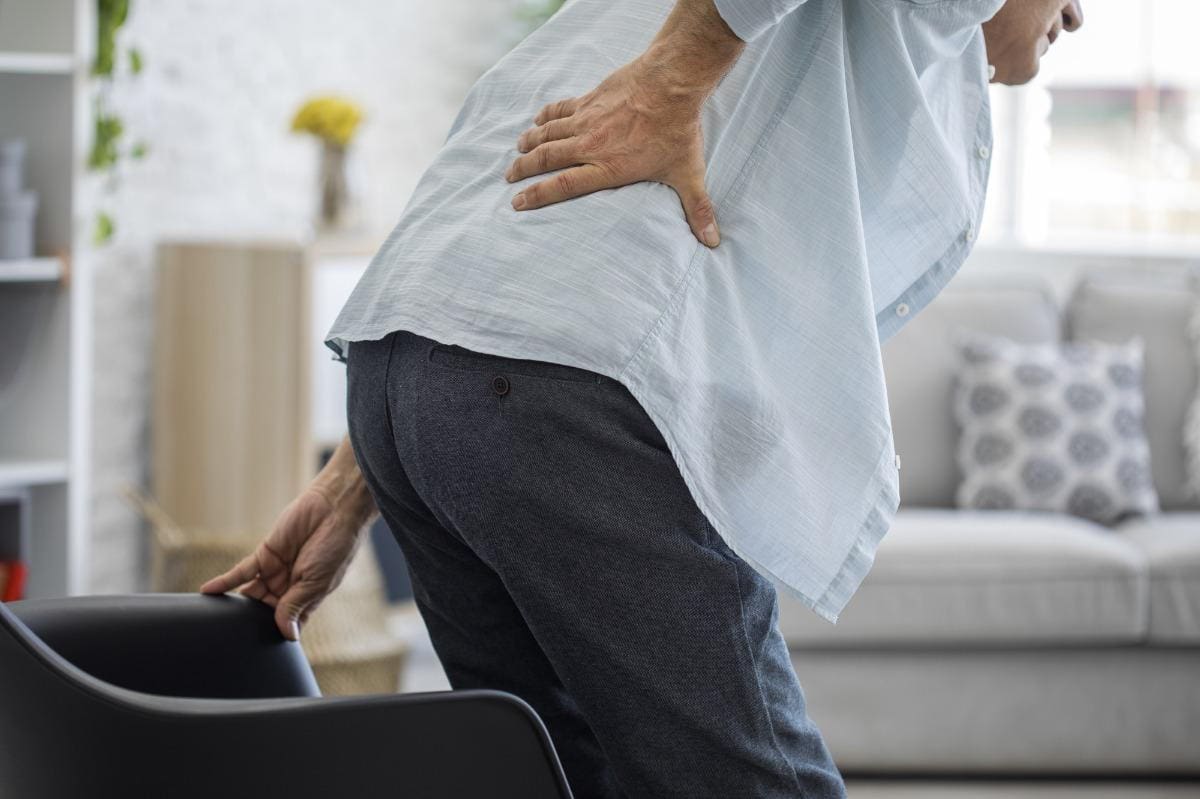
Digestive Changes
After gallbladder removal, most people experience minimal long-term effects on their digestion. However, some may notice:
- More frequent bowel movements
- Softer stools
- Temporary difficulty digesting fatty foods
These changes typically resolve within a few weeks to months as the body adjusts to the absence of the gallbladder.
Dietary Considerations
While you can generally eat a normal diet after gallbladder removal, some dietary modifications may help manage any post-surgery digestive issues:
- Gradually reintroduce fats into your diet
- Eat smaller, more frequent meals
- Avoid very greasy or high-fat foods
- Increase fiber intake to help regulate bowel movements
Most people find that they can return to their normal eating habits over time, but it’s important to listen to your body and make adjustments as needed.
Long-term Outlook
The vast majority of people who undergo gallbladder removal experience significant relief from their symptoms and are able to lead normal, healthy lives. The liver continues to produce bile, which flows directly into the small intestine to aid in digestion.
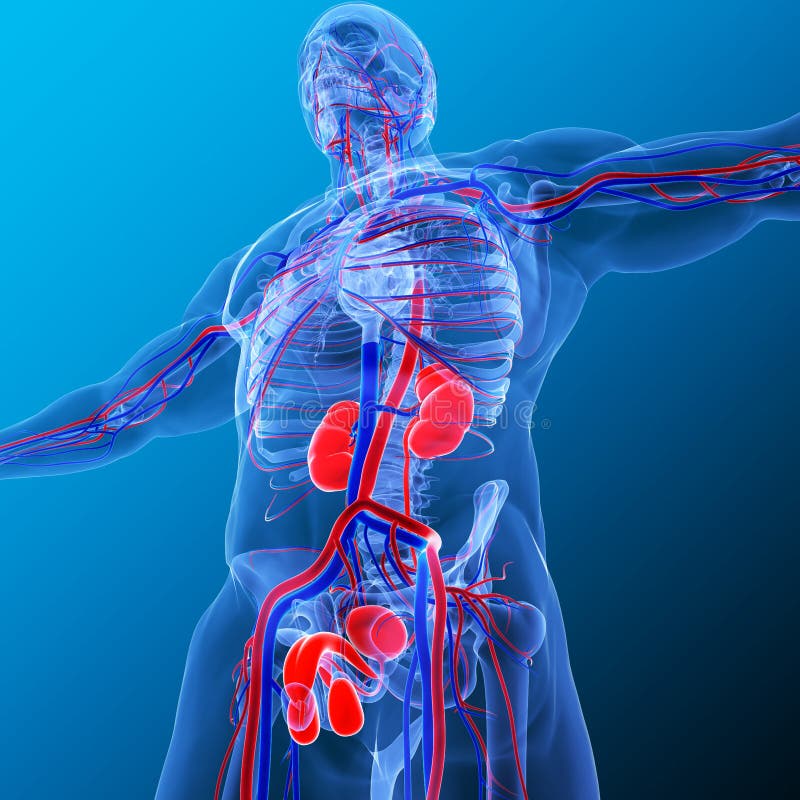
If you experience persistent digestive issues after gallbladder removal, consult with your healthcare provider. They may recommend further testing or treatments to address any ongoing concerns.
Gallbladder Health and Overall Wellness
While gallbladder problems can be painful and disruptive, they often serve as a wake-up call for many individuals to reassess their overall health and lifestyle choices. Here are some ways to promote not just gallbladder health, but overall wellness:
Balanced Nutrition
A diet that supports gallbladder health is also beneficial for your entire body. Focus on:
- Plenty of fruits and vegetables for fiber and antioxidants
- Whole grains for sustained energy and digestive health
- Lean proteins to support muscle health and satiety
- Healthy fats from sources like avocados, nuts, and olive oil
Regular Exercise
Physical activity not only helps maintain a healthy weight but also promotes good digestion and overall cardiovascular health. Aim for at least 150 minutes of moderate-intensity exercise per week.

Stress Management
Chronic stress can negatively impact digestive health and overall well-being. Incorporate stress-reduction techniques into your daily routine, such as:
- Meditation or mindfulness practices
- Regular exercise
- Adequate sleep
- Hobbies and relaxation activities
Regular Check-ups
Routine medical check-ups can help catch potential health issues, including gallbladder problems, before they become severe. Don’t hesitate to discuss any digestive concerns with your healthcare provider.
By adopting a holistic approach to health that includes proper nutrition, regular exercise, stress management, and preventive care, you can reduce your risk of gallbladder issues and improve your overall quality of life.
Remember, your gallbladder is just one part of your complex digestive system. By taking care of your body as a whole, you’re setting yourself up for better health outcomes and a more vibrant, energetic life.
Learn to Recognize the Symptoms of a Gallbladder Attack
Gallbladder Attack Symptoms
Typically, a gallbladder attack looks like a sharp pain in the upper right or upper middle section of your abdomen. Usually, these occur after eating foods high in fat or cholesterol, so the body attempts to release bile from the gallbladder, but cannot because of a gallstone blockage.
Now, there are actually two subtypes of gallbladder disease that lead to attack-like symptoms. The first type is cholecystitis, and the second type is choledocholithiasis.
Gallbladder Inflammation (Cholecystitis)
This type of gallbladder disease occurs when the gallbladder becomes inflamed due to the blocked bile duct. However, it can also be a sign of an infection, a tumor, or blood vessel issues.
Gallstone Blockages (Choledocholithiasis)
In contrast to the previous condition, this type of vein disease occurs when a gallstone gets stuck in the bile duct. Most of the time, people with gallstones will not notice their passing.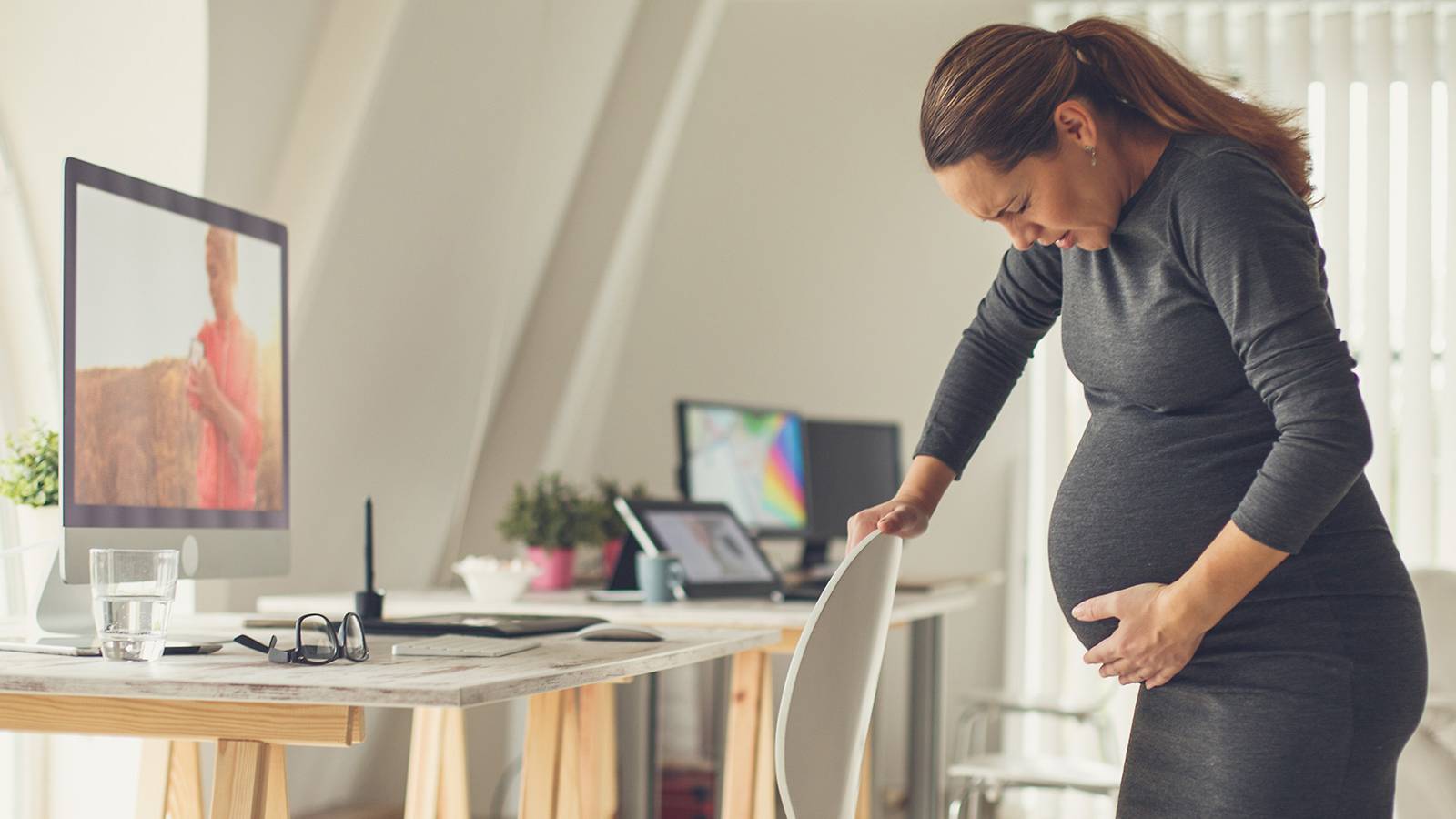 However, when a gallstone does get stuck, it causes abdominal pain typically associated with gallbladder disease.
However, when a gallstone does get stuck, it causes abdominal pain typically associated with gallbladder disease.
Other Signs of Gallbladder Attacks
Because everything in your body is connected, when one organ isn’t working properly, it will cause other problems. If you notice any of the following symptoms, you should contact your doctor immediately.
Fever
If you notice sudden fevers after a gallbladder attack, you should seek help immediately. Fevers can be a sign of inflammation of the gallbladder or an infection. If left untreated, a gallbladder infection can spread to other parts of the body and cause serious damage to your body.
Jaundice
With your gallbladder backed up, the excess bile can work its way into your bloodstream. As a result, patches of your skin will turn yellow, and even the whites of your eyes will begin to yellow.
Loss of Appetite
The bile produced by the gallbladder breaks down fats during digestion.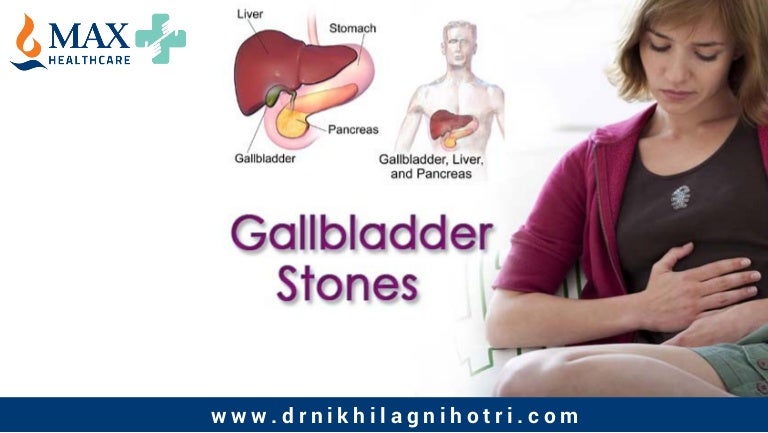 However, when the gallbladder becomes blocked, the body can’t break down fats. As a result, you may feel full or simply experience a loss of appetite.
However, when the gallbladder becomes blocked, the body can’t break down fats. As a result, you may feel full or simply experience a loss of appetite.
Nausea and Vomiting
Furthermore, because your body can’t break down fats with a blocked gallbladder, you may feel nauseous or experience vomiting. The pain from a gallbladder attack could also add to these symptoms.
Diarrhea, Discolored Stools and Urine
Frequent bowel movements, light-colored stools, and dark-colored urine can all be signs of gallbladder problems. Light-colored stools especially are a sign that gallstones are blocking the bile ducts.
14 Gallbladder Attack Symptoms to Look Out For
Chances are you barely know what your gallbladder is, let alone the gallbladder attack symptoms to look out for. When you have really bad stomach pain, it’s easy to chalk it up to that double bean burrito you ate an hour ago. Or, if it’s abnormally painful, your mind may jump to appendicitis.
But there’s another health condition that can cause bad stomach pain and probably isn’t on your radar: a gallbladder attack.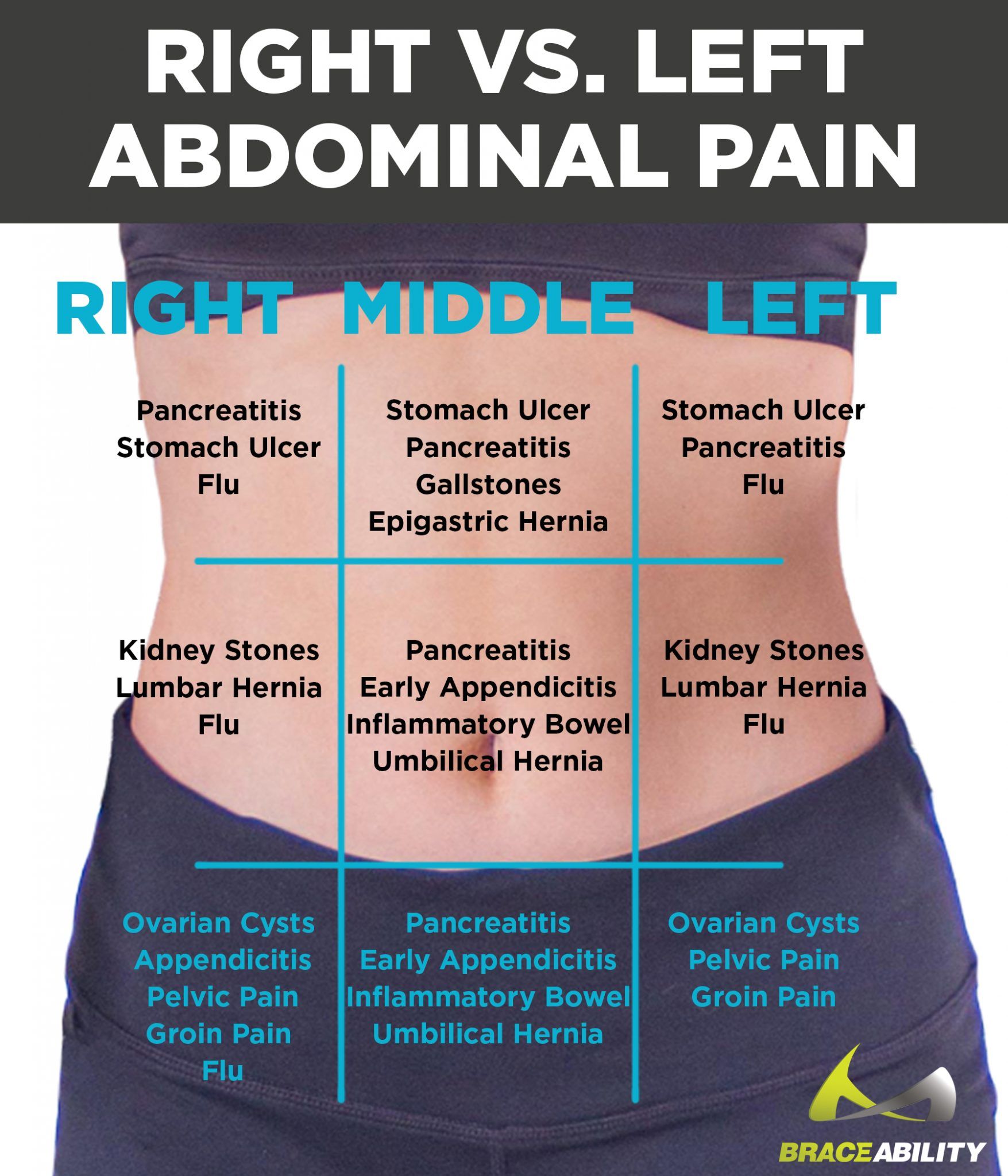 Keep reading to learn what the heck your gallbladder is and what it does, plus the signs of a gallbladder attack you should know about.
Keep reading to learn what the heck your gallbladder is and what it does, plus the signs of a gallbladder attack you should know about.
What is your gallbladder, and what does it do?
Excellent question. Your gallbladder sits under your liver on the right side of your midsection below your ribs. It helps your body digest fat and stores bile, a fluid your liver secretes to help with digestion, according to the National Institute of Diabetes and Digestive and Kidney Diseases (NIDDK). “When you eat, your gallbladder contracts and shoots bile into the intestine,” Kyle Staller, M.D., M.P.H., a gastroenterologist at Massachusetts General Hospital, tells SELF. “That serves as soap to help break up fats.”
Your gallbladder is a lot like your appendix. “You’re perfectly fine if it’s gone,” Rudolph Bedford, M.D., a gastroenterologist at Providence Saint John’s Health Center in Santa Monica, California, tells SELF. Your liver still produces bile without your gallbladder, so it’s really not necessary to digest your food, according to the NIDDK.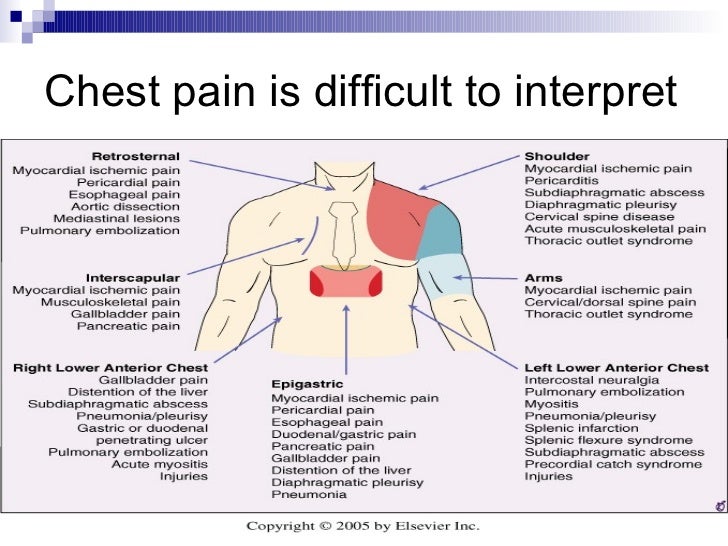
What is a gallbladder attack exactly?
Just like pretty much every other body part, things can go wrong with your gallbladder. Enter: Gallstones, which can block your ducts and cause a gallbladder attack, according to the NIDDK.
Gallstones are little deposits of hardened digestive fluid that can range in size from a speck of sand to a golf ball, per the Mayo Clinic. If you have gallstones, when your gallbladder contracts to try to push bile out, the deposits can get wedged inside the duct that goes to the small intestine. As you can imagine, this feels beyond terrible. (There’s a reason it’s called a gallbladder attack instead of, say, a gallbladder nudge.) “It’s exquisitely painful,” Dr. Staller says.
What causes a gallbladder attack in the first place?
It’s clear that gallbladder attacks happen when gallstones block your bile ducts. But to really understand what causes a gallbladder attack, we need to discuss what causes gallstones to form. There are two types of gallstones. Cholesterol gallstones are usually made up of undissolved cholesterol that joins to form a stone, Dr. Staller says. Fun (and disgusting) fact: They’re typically yellow, according to the NIDDK. Pigment gallstones, on the other hand, are often dark brown or black. They occur when your bile contains too much bilirubin, a chemical your body produces as it breaks down red blood cells.
Cholesterol gallstones are usually made up of undissolved cholesterol that joins to form a stone, Dr. Staller says. Fun (and disgusting) fact: They’re typically yellow, according to the NIDDK. Pigment gallstones, on the other hand, are often dark brown or black. They occur when your bile contains too much bilirubin, a chemical your body produces as it breaks down red blood cells.
A few other factors can contribute to stone formation, like your bile not having enough bile salts (compounds that help break down your fat) and your gallbladder not emptying correctly or often enough, according to the Mayo Clinic. All told, about 10 to 15 percent of the U.S. population has had gallstones and about 1 million people are diagnosed with gallstones every year, according to the NIDDK. So, yeah, gallstones that can cause a gallbladder attack (and gallbladder attack symptoms) are pretty common.
Here are the gallbladder attack symptoms to look out for.
You can have gallstones and not even know it—or you can really know you have them due to certain symptoms.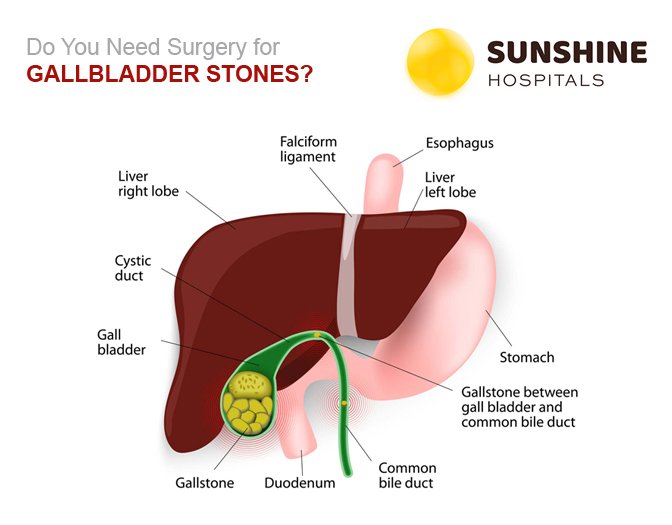
Signs You Might Need Gallbladder Surgery: Surgical Associates of North Texas: Advanced Laparoscopic Surgeons
Gallbladder symptoms can range from minor and annoying to excruciating and unbearable. In some cases, the symptoms are temporary, and an episode passes quickly. However, it is a frequent problem that the symptoms persist or recur, which indicates that the underlying problem needs to be treated.
When gallbladder pain occurs, it’s usually in the upper right quadrant of your abdomen, just below the rib cage. While common, this is not the only location, as the pain can occur anywhere in the abdominal region and often will feel like it is radiating around the back towards the right shoulder blade. Severe pain may be accompanied by nausea and vomiting.
When a gallbladder issue is both painful and persistent, removing the gallbladder through surgery called a cholecystectomy is the recommended treatment. Your gallbladder is an organ that you can very easily live without.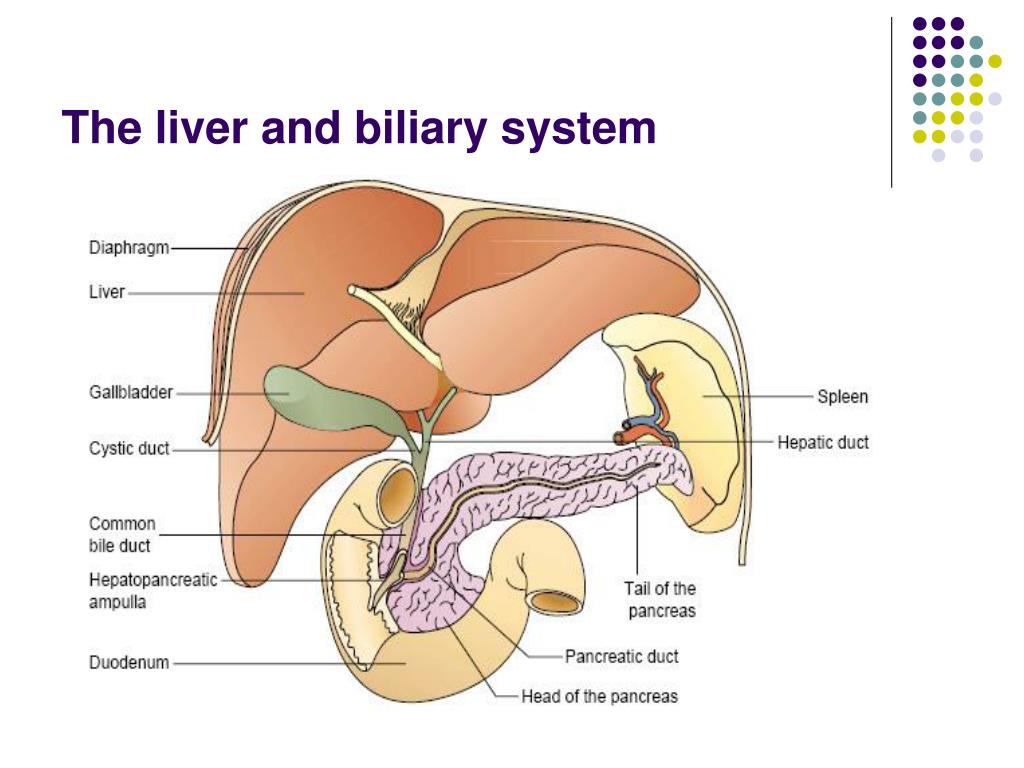 Its function is to store bile that is used to aid in the digestion of certain foods. If the gallbladder is removed, then the liver and the biliary system will take over such that it’s not likely that a cholecystectomy will cause you any digestive issues.
Its function is to store bile that is used to aid in the digestion of certain foods. If the gallbladder is removed, then the liver and the biliary system will take over such that it’s not likely that a cholecystectomy will cause you any digestive issues.
Still, surgical decisions aren’t made lightly. Even though a cholecystectomy is one of the safest and most common outpatient surgeries performed in this country, the decision for surgery is one that should only be made by someone who is qualified to actually perform the surgery. While a specialist like Dr. deVilleneuve can help you decide if gallbladder surgery is the best option for you, there are signs you can watch for that may indicate the need for a cholecystectomy is imminent.
Disorders of the gallbladder
Though there are several problems that can affect the gallbladder, the most common by far is the formation of gallstones. These are hard particles that are made of bile, cholesterol, calcium, and several other components which have a tendency to get lodged in the bile ducts, effectively blocking the passage of bile out of the gallbladder.
When this occurs it can cause severe pain. The “classic” presentation is a sharp, stabbing pain in the right upper part of the abdomen that starts about 30 minutes after eating a meal with a high-fat content. In reality, however, gallstones can cause symptoms anytime regardless of what your diet consists of.
Gallstones, in addition to causing pain, can also cause other problems as a result of their obstructing the bile ducts. Depending on where the obstruction occurs, gallstones can cause pancreatitis as well as making you jaundiced. When gallstones get lodged in what is called the neck of the gallbladder, it can lead to the gallbladder becoming infected and eventually turning gangrenous. When any of these conditions occur, admission to the hospital for urgent surgery is indicated.
Signs you need gallbladder surgery
Since gallstones are the most common issue affecting the gallbladder, signs of these generally indicate you’ll be a candidate for surgery.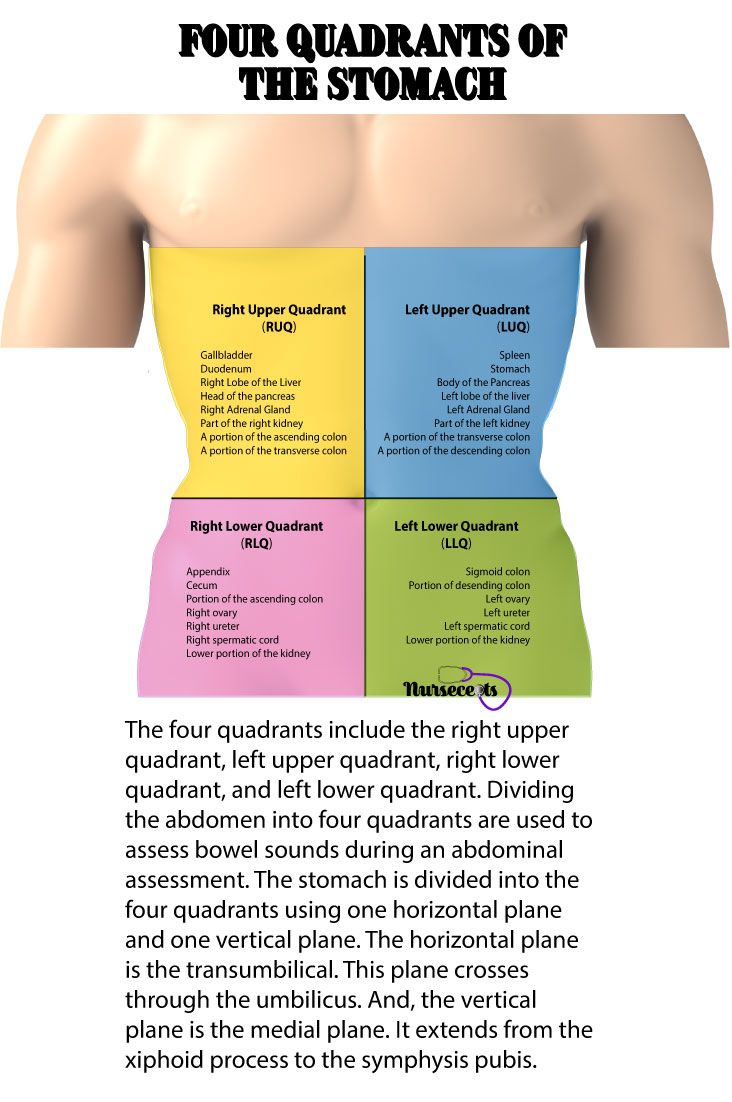 As many as 80% of those with gallstones eventually require surgery, even though they may have had gallstones for years before their first attack. Some of the common signs of gallstones include:
As many as 80% of those with gallstones eventually require surgery, even though they may have had gallstones for years before their first attack. Some of the common signs of gallstones include:
Abdominal pain
This is far and away the most common complaint among gallstone sufferers. The onset is usually after eating and can be described as anything from sharp, stabbing in nature to dull, cramping type discomfort. Often people will assume that they are having gas pain or reflux, until eventually deciding to get the pain checked out. These pains may be intermittent, or it could occur after every meal. Attacks that last longer may be indicating a more serious gallbladder problem.
Nausea
Gallstones may mimic other digestive issues, so you may not connect nausea and vomiting with your gallbladder, but if these coincide with abdominal pain, there’s a pretty decent chance that gallstones are the root cause.
Pancreatitis
An inflammation of the pancreas could be a sign of gallstones, which can migrate and block the duct from the pancreas as well as from the gallbladder. Gallstones are one of the two most common causes of acute pancreatitis in adults.
Gallstones are one of the two most common causes of acute pancreatitis in adults.
Weight changes
Any condition that brings on rapid weight gain and/or weight loss can lead to gallstone formation. Two of the most common populations that experience this are bariatric surgery patients who have lost a lot of weight after their procedure and women both during and immediately after pregnancy.
When it’s time
If you require gallbladder surgery, then you will definitely want to find someone who specializes in this type of surgery. Dr. Scott deVilleneuve of Surgical Associates of North Texas is such a surgeon. He specializes in minimally invasive surgery, including cholecystectomies. He has completed over 2,500 laparoscopic cholecystectomies since starting his practice in McKinney over 14 years ago and can help you determine the best option for you.
Causes, Treatment, and When to See a Doctor
Your gallbladder is a pear-shaped organ located in your right upper abdomen, just under your ribcage.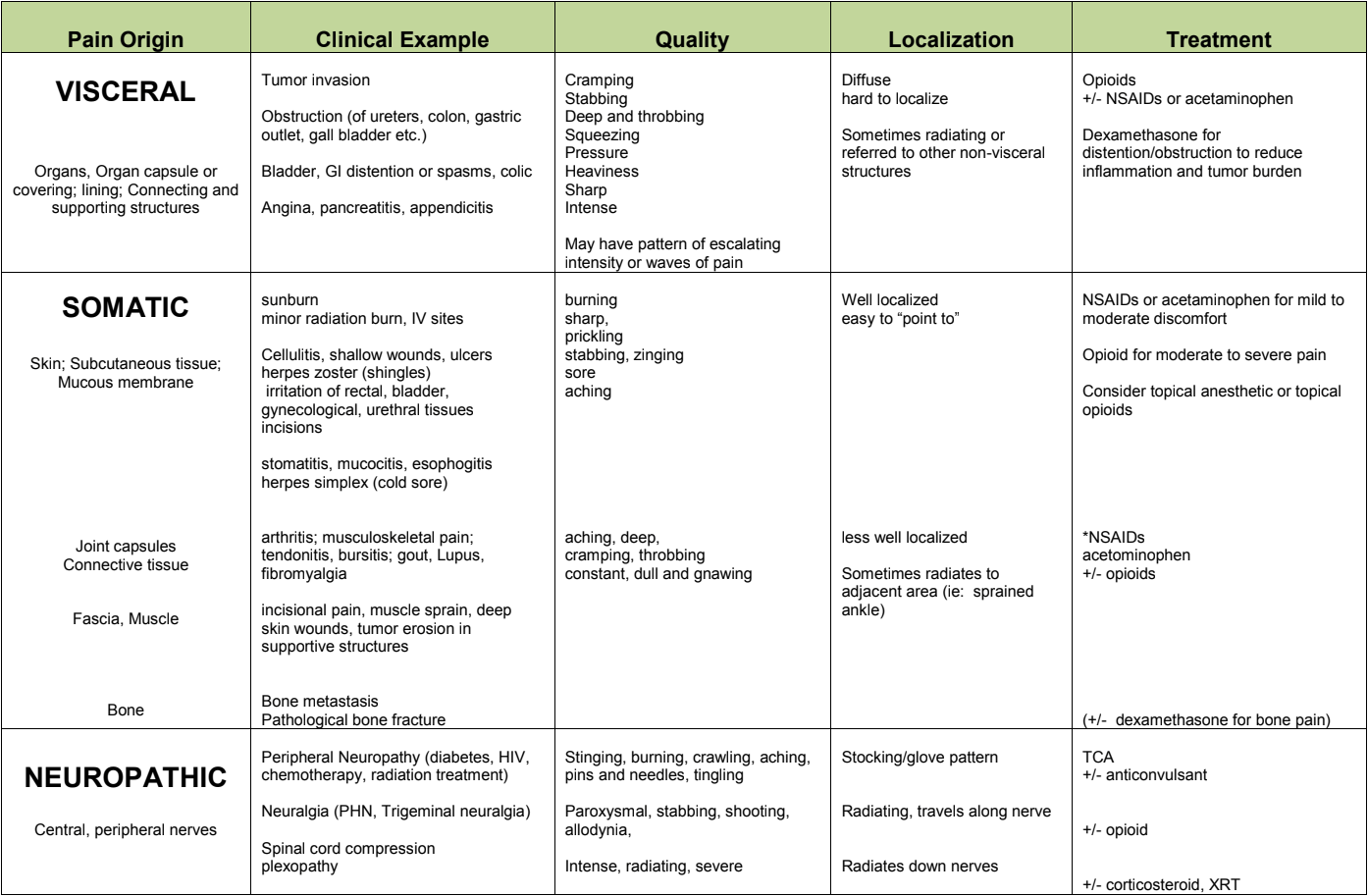 Gallbladder pain is more likely to happen after you have eaten a fatty meal, but it can also happen on an empty stomach in the middle of the night.
Gallbladder pain is more likely to happen after you have eaten a fatty meal, but it can also happen on an empty stomach in the middle of the night.
The pain is often in the right upper belly, under the ribs, but the pain may spread (“radiate”) to the lower chest or your right shoulder blade, leading some people to worry they are having a heart attack. Unlike pain from gas, gallbladder pain is typically not relieved by changing position, burping, or passing gas. Heartburn is not a symptom of gallbladder problems, although a person may feel nauseated and vomit.
Given the location of the gallbladder, what seems like gallbladder pain may actually be pain related to issues other than gallbladder disease, such as those related to your heart, muscles, and other organs within your digestive system. This is why it’s important to have your pain evaluated by a medical professional.
Verywell / Alexandra Gordon
Causes
The following health problems are all potential sources of gallbladder pain:
Gallstones
The most common cause of “gallbladder pain” is gallstones (also called “cholelithiasis”), which are hard particles that form due to either an imbalance of the substances that make up bile (the fluid that the gallbladder secretes to aid in the digestion of food) or the gallbladder not emptying as it should.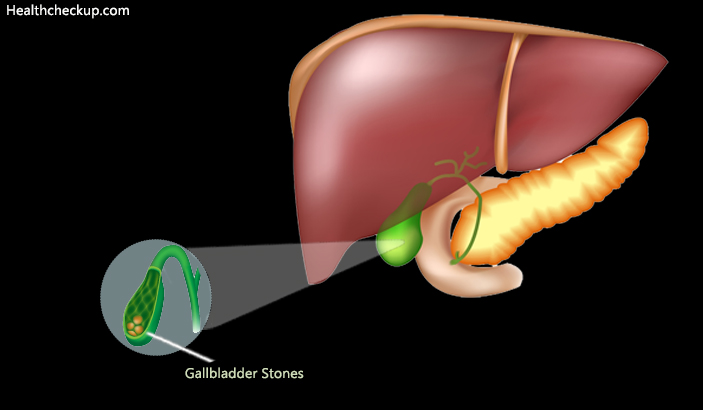 These particles can be quite small or grow to the size of a golf ball.
These particles can be quite small or grow to the size of a golf ball.
Typically, the formation of gallstones happens very slowly. A person may develop one large stone, multiple small stones, or a mix of the two. It is entirely possible to have gallstones and not have any symptoms. Such stones are considered benign because they do not interfere with the functioning of your digestive system.
Pain occurs, though, when a gallstone blocks one of the ducts in the biliary tract—the part of your body that contains your gallbladder and your bile ducts. The pain may ease when the gallstone moves and the bile duct is no longer blocked.
Serious complications can arise from having gallstones. The gallbladder, common bile duct, or the pancreas may become inflamed and infected, posing a great risk to your health. Rarely, gangrene or rupture of the gallbladder can occur, or a gallstone may cause a bowel obstruction.
Biliary Sludge
Besides gallstones, biliary sludge (thickened bile salts) may also form in the gallbladder.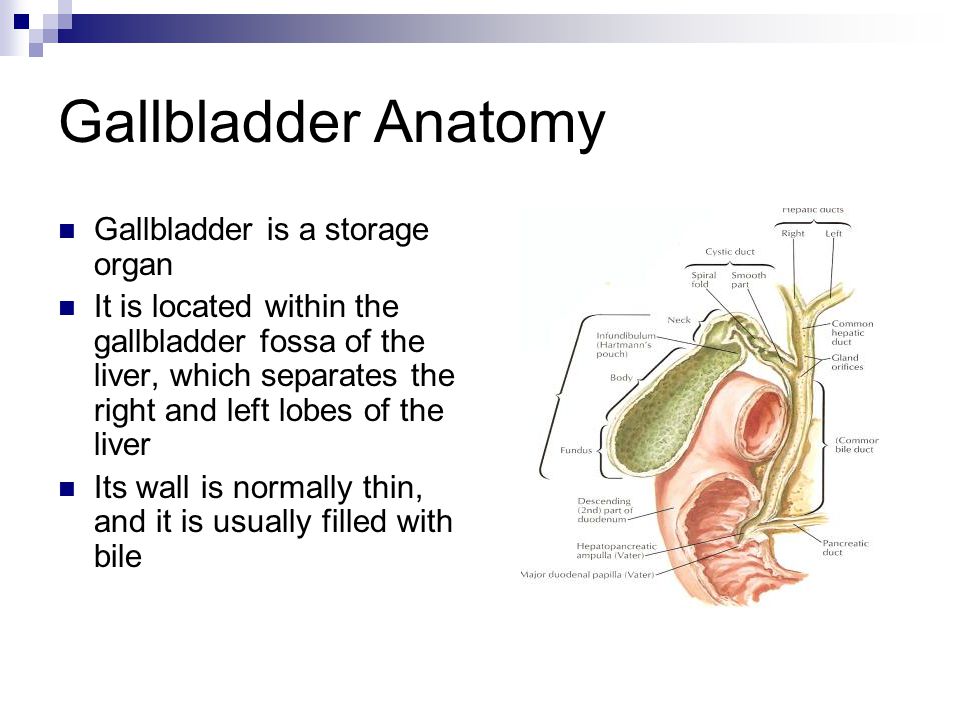 This sludge blocks healthy bile emptying out of the gallbladder, potentially causing similar symptoms and complications as gallstones.
This sludge blocks healthy bile emptying out of the gallbladder, potentially causing similar symptoms and complications as gallstones.
Cholecystitis
Gallbladder inflammation (called “cholecystitis”) most commonly develops as a result of gallstones. Less commonly, cholecystitis develops without gallstones (called “acalculous cholecystitis”).
Acute Cholecystitis
When a gallstone becomes stuck within the gallbladder, inflammation ensues, causing sudden and sometimes severe abdominal pain (called “biliary colic”) along with nausea, vomiting, fever, and a loss of appetite. Biliary colic describes a dull, cramping pain in the upper-right part of the abdomen.
Acalculous Cholecystitis
Acalculous cholecystitis causes the same symptoms as acute cholecystitis, although a gallstone is not the culprit. While the precise cause is not clear, experts suspect poor bile and blood flow within the gallbladder may cause this condition to develop.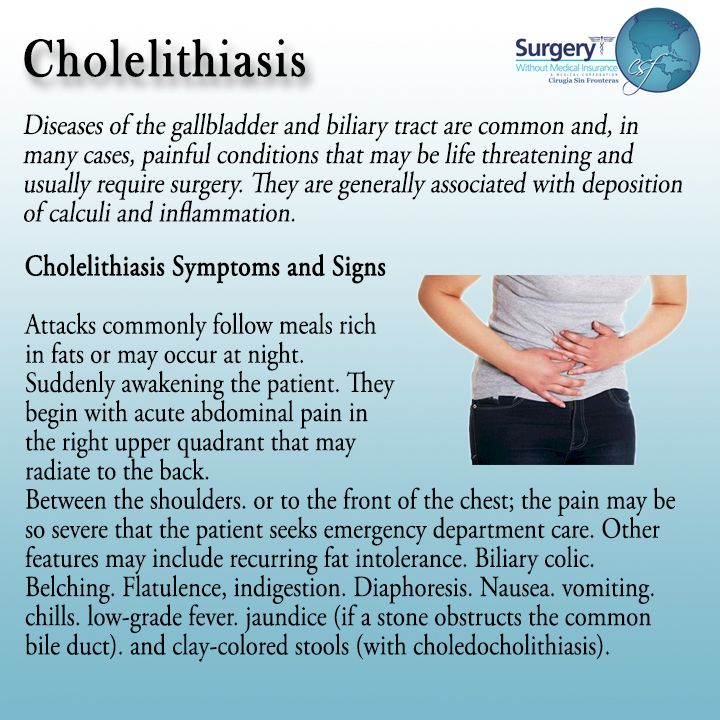 Acalculous cholecystitis is mostly seen in people who are severely ill, like those on mechanical ventilation or those with a major infection or severe burn injury.
Acalculous cholecystitis is mostly seen in people who are severely ill, like those on mechanical ventilation or those with a major infection or severe burn injury.
Acute Cholangitis
Acute cholangitis occurs from a bacterial infection in the common bile duct, often as a result of an obstructing gallstone, or sometimes from a bile duct stricture or cancer of the gallbladder, bile duct, pancreas, or duodenum (first part of the small intestine). Symptoms of acute cholangitis may include upper-right-sided abdominal pain, fever, and jaundice. In more severe cases, a person may also develop low blood pressure and confusion, which can be signs of life-threatening sepsis.
Gallbladder Rupture
Rarely, your gallbladder may rupture or burst open as a result of gallbladder inflammation (cholecystitis). Even rarer, an injury like a motor vehicle accident or sports contact injury may result in gallbladder rupture, causing sudden and severe, sharp pain in the upper-right part of your abdomen.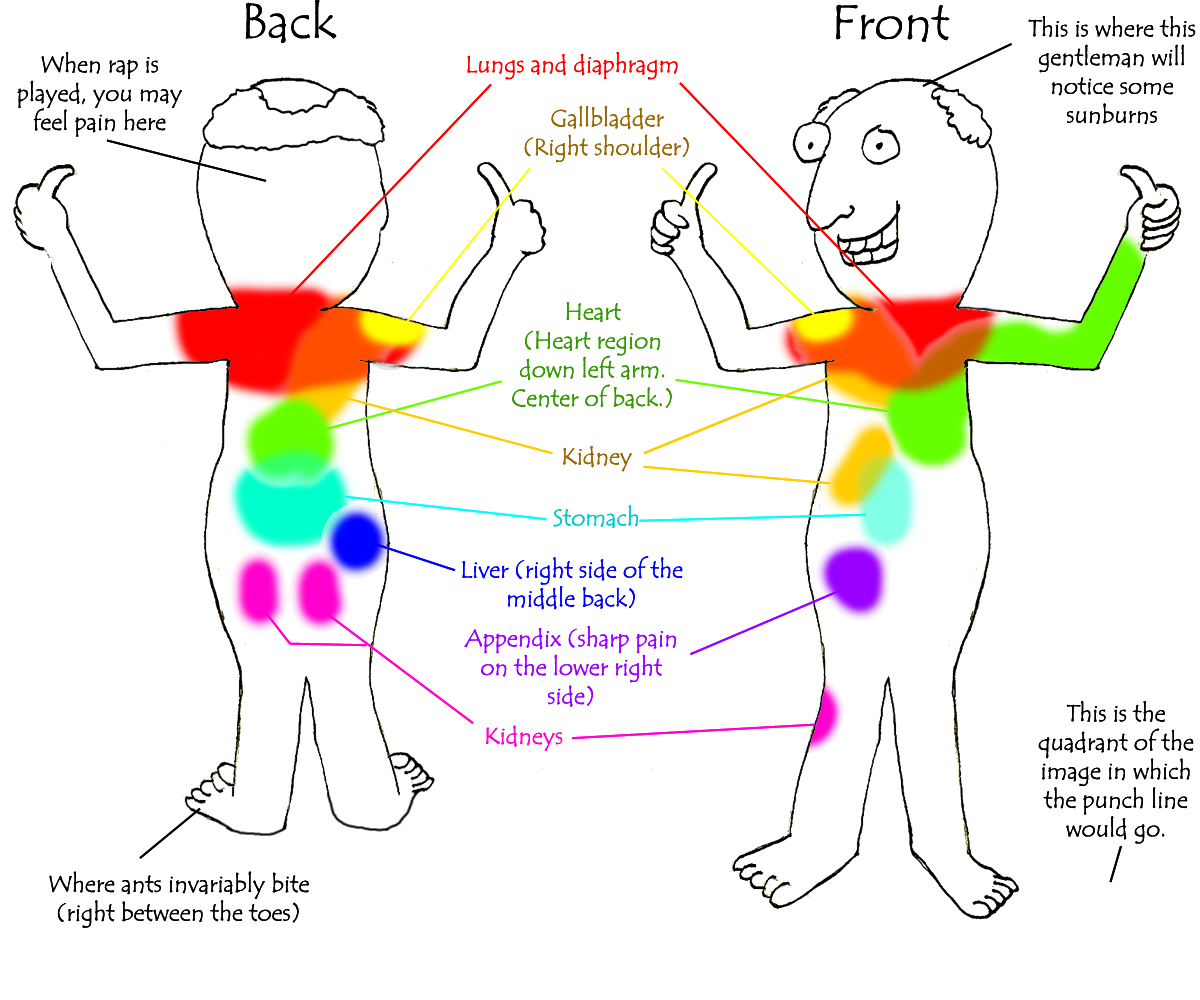
Choledocholithiasis
Choledocholithiasis is where gallstones block the common bile duct, restricting the flow of bile from the liver to the intestine. The resulting rise in pressure can cause an increase in liver enzymes and also jaundice.
Functional Gallbladder Disease/Biliary Dyskinesia
Functional gallbladder disease (FGBD), sometimes referred to as “chronic acalculous gallbladder dysfunction” or “biliary dyskinesia,” is the technical name for gallbladder disease without the presence of any gallstones. It includes dysfunction of the sphincter of Oddi, the muscular sphincter that helps to control gallbladder emptying. Symptoms may come on suddenly or occur chronically.
Biliary dyskinesia is a gallbladder syndrome that occurs when your gallbladder is not emptying properly. Due to improper drainage of bile, gallbladder pain and other symptoms, such as nausea and vomiting, may result.
Biliary dyskinesia is usually only identified after other causes of pain (like gallstones) have been ruled out.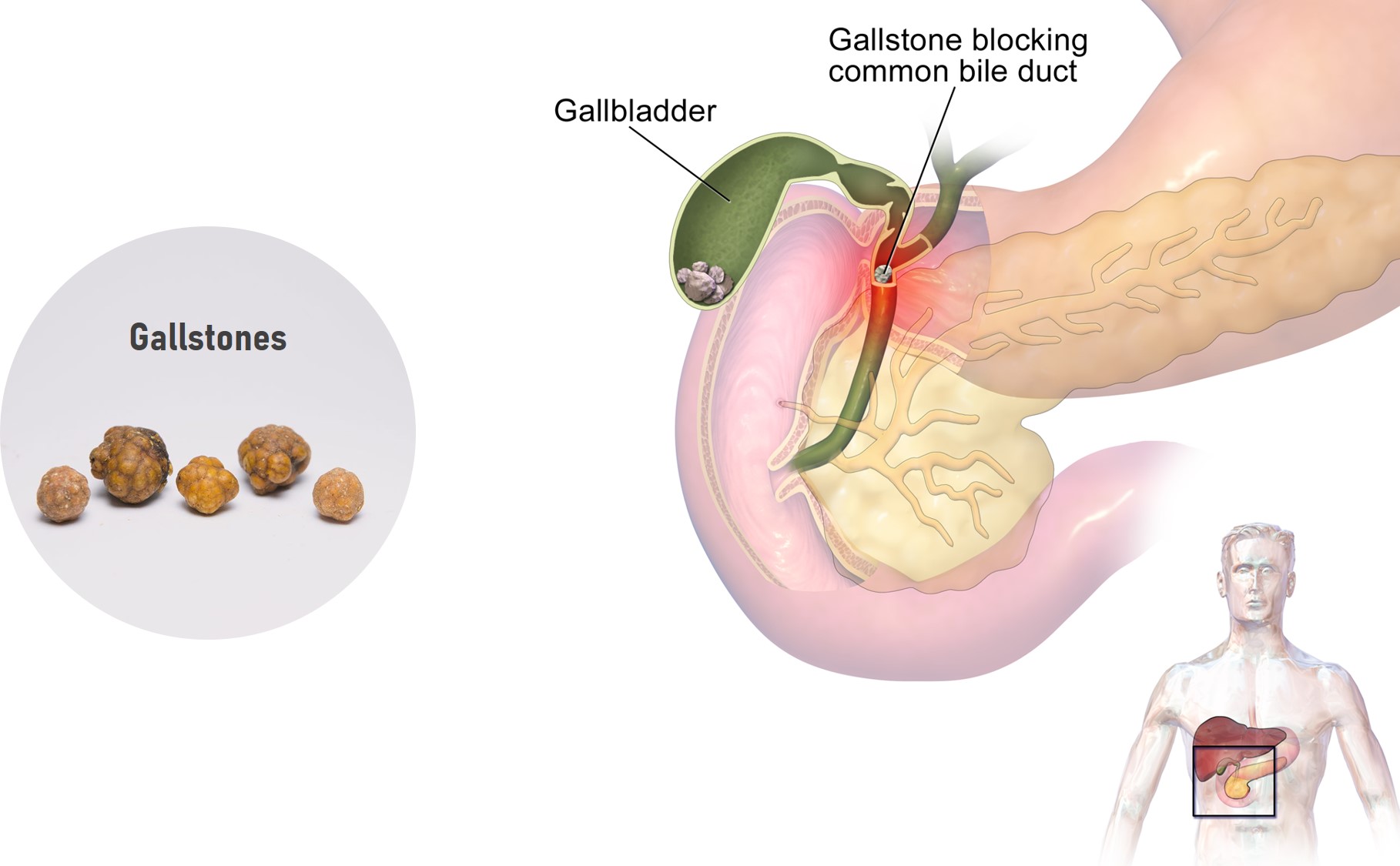
Most of the treatment recommendations have been written to address people with gallbladder hypokinesia (underfunction), but there is a growing body of research about people with hyperkinesia, whose gallbladders empty too much.
Current research indicates that both hypokinesia and hyperkinesia of the gallbladder may benefit from gallbladder removal (cholecystectomy).
Gallbladder Cancer
Gallbladder cancer is rare and is often not diagnosed until it is fairly advanced. Besides gallbladder pain, a person with gallbladder cancer may be jaundiced and experience nausea, vomiting, and weight loss.
Because of its vague symptoms, gallbladder cancer is often found late. Gallbladder cancer that is diagnosed late can have a poor prognosis.
When to See a Doctor
If you are experiencing gallbladder pain, you should inform your physician as soon as possible, even if your symptoms have gone away. Your doctor will want to make sure that you are not experiencing a problem that will put you at risk for a more severe disease in the future.
You should get immediate medical attention if you experience any of the following symptoms:
- Severe, intense pain that prevents you from getting comfortable
- Pain that increases when you take a breath
- Pain that lasts for more than five hours
- Yellow skin or yellow around the whites of your eyes (called jaundice)
- Fever and chills
- Rapid heartbeat
- Persistent vomiting
- Persistent lack of appetite or unexplained weight loss
- Cola or tea-colored urine
- Clay-colored stools
Diagnosis
Getting to the bottom of your gallbladder pain entails a medical history, physical exam, blood tests, and imaging tests.
Medical History
During your visit, your provider will ask you several questions about your discomfort. For example, they will ask you to pinpoint as best as you can exactly where you feel the pain on your belly. Your doctor may also inquire whether your gallbladder pain occurs with eating fatty meals or whether you have any other symptoms like fever, nausea, or vomiting.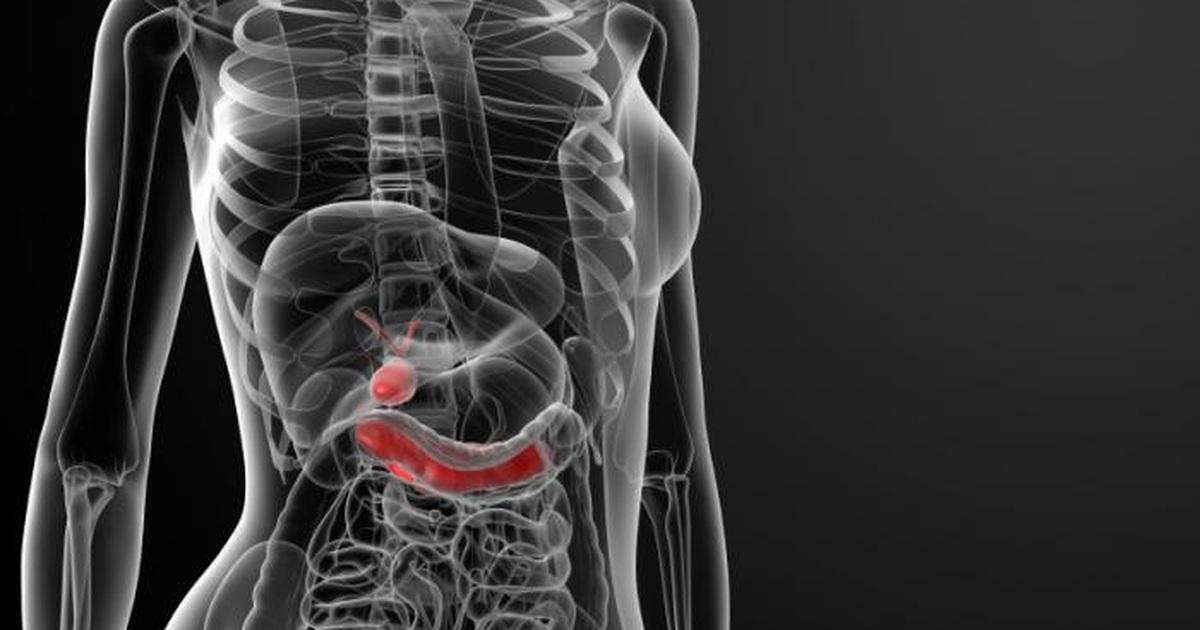
Physical Examination
During your physical exam, your doctor will focus on your abdomen, specifically the right upper part where your gallbladder is located. In addition to examining the area for skin changes, swelling, tenderness, and guarding (tensing of the abdominal wall), they will likely press on your gallbladder to see if it is tender (a technique called “Murphy’s sign”).
During this maneuver, your doctor will have you take a deep breath in, while they press on your gallbladder to see if any pain is elicited. If so, this indicates an inflamed gallbladder (a “positive” Murphy’s sign).
Blood Tests
When evaluating gallbladder pain, your medical provider will usually order blood tests, including a complete blood count (CBC), a complete metabolic panel, a PT/PTT (blood clotting tests), and liver function tests.
Your provider may also order other tests to rule out other causes of your pain.
Imaging
In order to confirm that your pain is a result of a gallbladder disease, your doctor will want to visualize your gallbladder. The first test, and sometimes the only test needed, is an ultrasound. Ultrasounds are non-invasive and painless. Sometimes, you will be sent to a radiology department for your ultrasound, but some doctors’ offices have the ability to perform the ultrasound there.
The first test, and sometimes the only test needed, is an ultrasound. Ultrasounds are non-invasive and painless. Sometimes, you will be sent to a radiology department for your ultrasound, but some doctors’ offices have the ability to perform the ultrasound there.
While trying to determine your diagnosis, your doctor may also order the following imaging tests:
- Hepatobiliary iminodiacetic acid (HIDA) scan: By injecting you with a small amount of a radioactive substance, doctors are able to see how the substance moves through your body, including your gallbladder, bile ducts and your liver. This can actually help your doctors to see how your gallbladder is emptying in real time.
- Computed tomography (CT) scan (“CAT” scan): Multiple x-rays will be taken, often using a swallowed or IV contrast medium to help picture quality. A computer then puts these multiple images together into a three-dimensional image.
- Magnetic resonance cholangiopancreatography (MRCP): As a special type of magnetic resonance imaging (MRI), this test uses strong magnets to take detailed pictures of your common bile duct and surrounding structures.

- Endoscopic retrograde cholangiopancreatography (ERCP): For an ERCP, you swallow a tube with a light and a camera attached, while you are sedated. The camera allows doctors to look for any problems, and attached tools can sometimes allow them to take care of the problem that day, like removing stones or widening a narrow bile duct.
Differential Diagnoses
While it is reasonable to think that pain in the right upper abdomen is related to the gallbladder, keep in mind that the liver is also located in this area. Therefore, liver disease, such as hepatitis, may be what is actually causing your presumed gallbladder pain.
Some of the diagnoses that your provider may explore include:
Treatment
The treatment of gallbladder pain depends on the precise cause.
“Watch and Wait” Approach
For people with asymptomatic gallstones, a “watch and wait” approach is taken, meaning surgery to remove their gallbladder is only done if and when their gallstones begin causing symptoms.
Only about 50% of people with asymptomatic gallstones will go on to develop symptoms, whereas surgery does carry some risks. A low-fat diet can be beneficial in preventing gallstone formation, as 80% or more of gallstones are made of cholesterol.
Medications
Medications are rarely used to treat gallstones, but your doctor may recommend a medication like a nonsteroidal anti-inflammatory (NSAID) to ease your gallbladder pain.
Antibiotics may be given if a person develops a gallbladder or biliary tract infection, which is a complication of gallstone disease.
Bile acid pills are sometimes given to people with minimal symptoms and a well-functioning gallbladder. The medications ursodeoxycholic acid and ursodiol help to dissolve the cholesterol type of gallstones in two-thirds of patients within two to three months, but the stones may not disappear entirely.
Surgery/Procedures
There are two surgical ways to remove the gallbladder:
- Open cholecystectomy: The gallbladder is removed through a large cut in the abdomen.
 This is sometimes the only option for ruptured gallbladders or surgery where extensive exploration may be needed, as in cancer.
This is sometimes the only option for ruptured gallbladders or surgery where extensive exploration may be needed, as in cancer. - Laparoscopic cholecystectomy: The surgeon uses long, thin instruments to remove the gallbladder through a much smaller cut in the abdomen. This is the most common gallbladder surgery.
An endoscopic retrograde choloangiopancreatogprahy (ERCP) is a procedure performed by a gastroenterologist. It can be used to both visualize and remove the problem, and it is most commonly used to relieve an obstructed bile duct.
Prevention
Focusing on a healthy lifestyle is your best chance to prevent gallstones and, thus, gallbladder pain.
Bear in mind, these strategies do more than keep your gallbladder healthy—they also keep your heart healthy:
- Visit your primary care physician for periodic checkups.
- Exercise for at least 30 minutes, 5 days per week.
- Eat a healthy diet rich in vegetables, fruits, low-fat dairy products, whole grains, legumes, and spices.

- Keep your weight low, but try to avoid rapid weight loss.
- Avoid foods high in saturated fat and cholesterol.
- If you are on a cholesterol medication or hormone replacement therapy, speak with your doctor to find out if these medications have increased your risk for the development of gallstones.
Frequently Asked Questions
What can I do about gallbladder pain during pregnancy?
You may have to make dietary changes, including consuming plenty of fruits, vegetables, and whole grains, and limiting carbohydrates and saturated fats, to control gallstones in pregnancy. If surgery is necessary, it is generally safest during the second trimester, but the doctor may have you wait until after your baby is born.
Why do I still have pain in the area after my gallbladder was removed?
About 5% to 40% of people will experience postcholecystectomy syndrome after gallbladder removal. It can cause abdominal symptoms similar to the pain felt before the gallbladder was removed. In addition, people may experience nausea, vomiting, gas, bloating, and diarrhea.
In addition, people may experience nausea, vomiting, gas, bloating, and diarrhea.
What are the best and worst foods to eat for the gallbladder?
The best foods for a healthy gallbladder are lean meats, fish, plant-based foods, lower sodium foods, fruits, vegetables, fiber, whole grains, and low-fat dairy. High intake of saturated fats, sugar, sodium, refined carbohydrates, red meat, fried foods, and full-fat dairy products may eventually lead to gallbladder problems or exacerbate existing gallbladder conditions.
A Word From Verywell
While gaining knowledge about your gallbladder pain is a good proactive step, be sure to get checked out by a doctor. A thorough assessment and prompt treatment of your pain is the best way to prevent complications and get back to feeling your best.
Gallstone Pancreatitis | Cedars-Sinai
Not what you’re looking for?
What is gallstone pancreatitis?
Pancreatitis is a disease that causes inflammation and pain in your pancreas.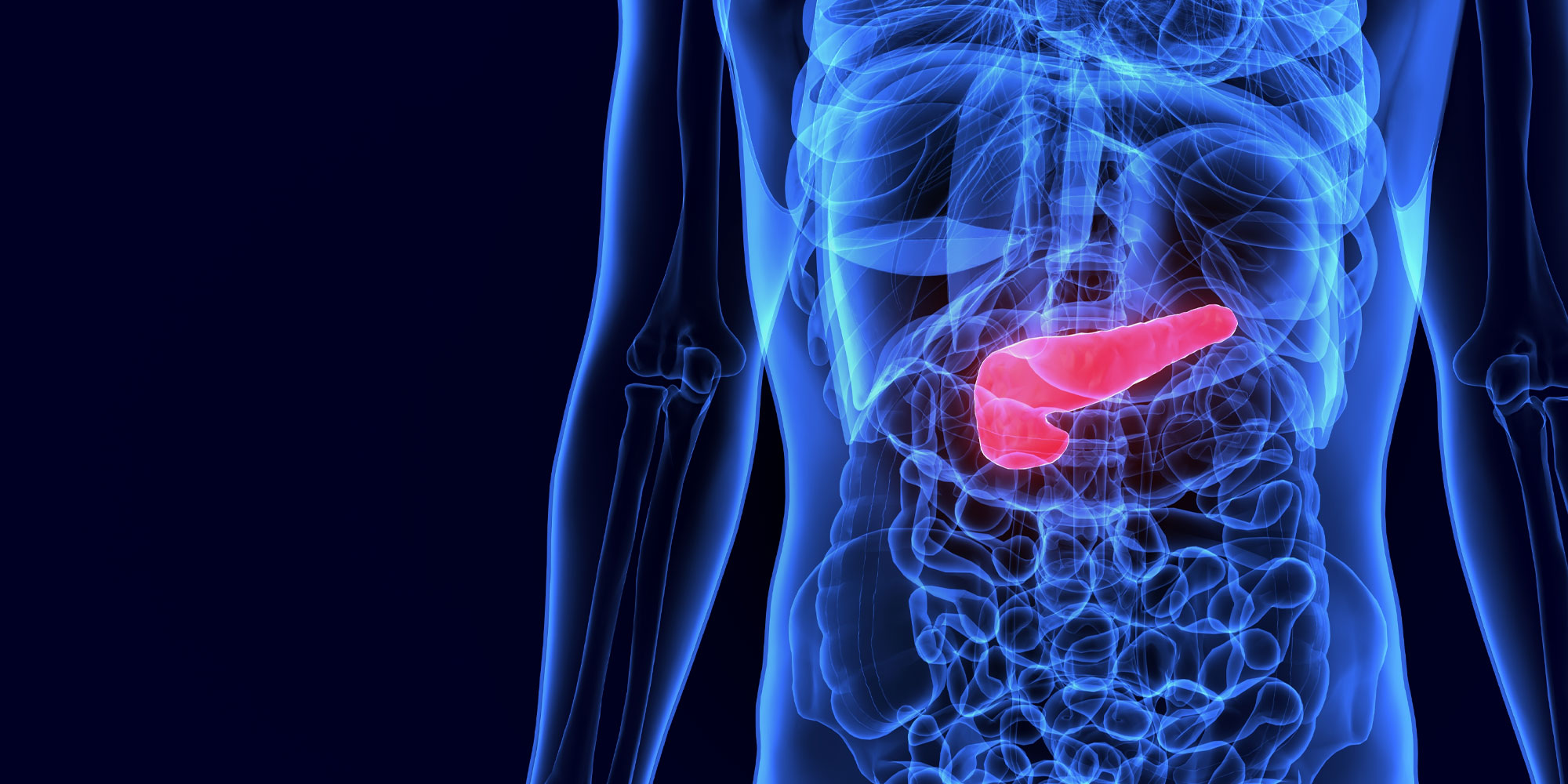 The
The
pancreas is a small organ that makes hormones such as insulin. This helps control
blood
sugar. It also makes enzymes that help digest and break down the foods you eat. This
is
part of the digestive process. Sometimes a gallstone that gets stuck in the common
bile
duct. This can block your pancreatic duct and cause pancreatitis. This is known as
gallstone pancreatitis.
What causes gallstone pancreatitis?
Gallstones form in your gallbladder. In cases of gallstone pancreatitis, the stone
leaves the gallbladder. It blocks the opening from the pancreas to the first part
of the
small intestine (duodenum). This causes a backup of fluid that can travel up both
the
bile duct and the pancreatic duct. Gallstone pancreatitis can be very painful and
life-threatening if not treated.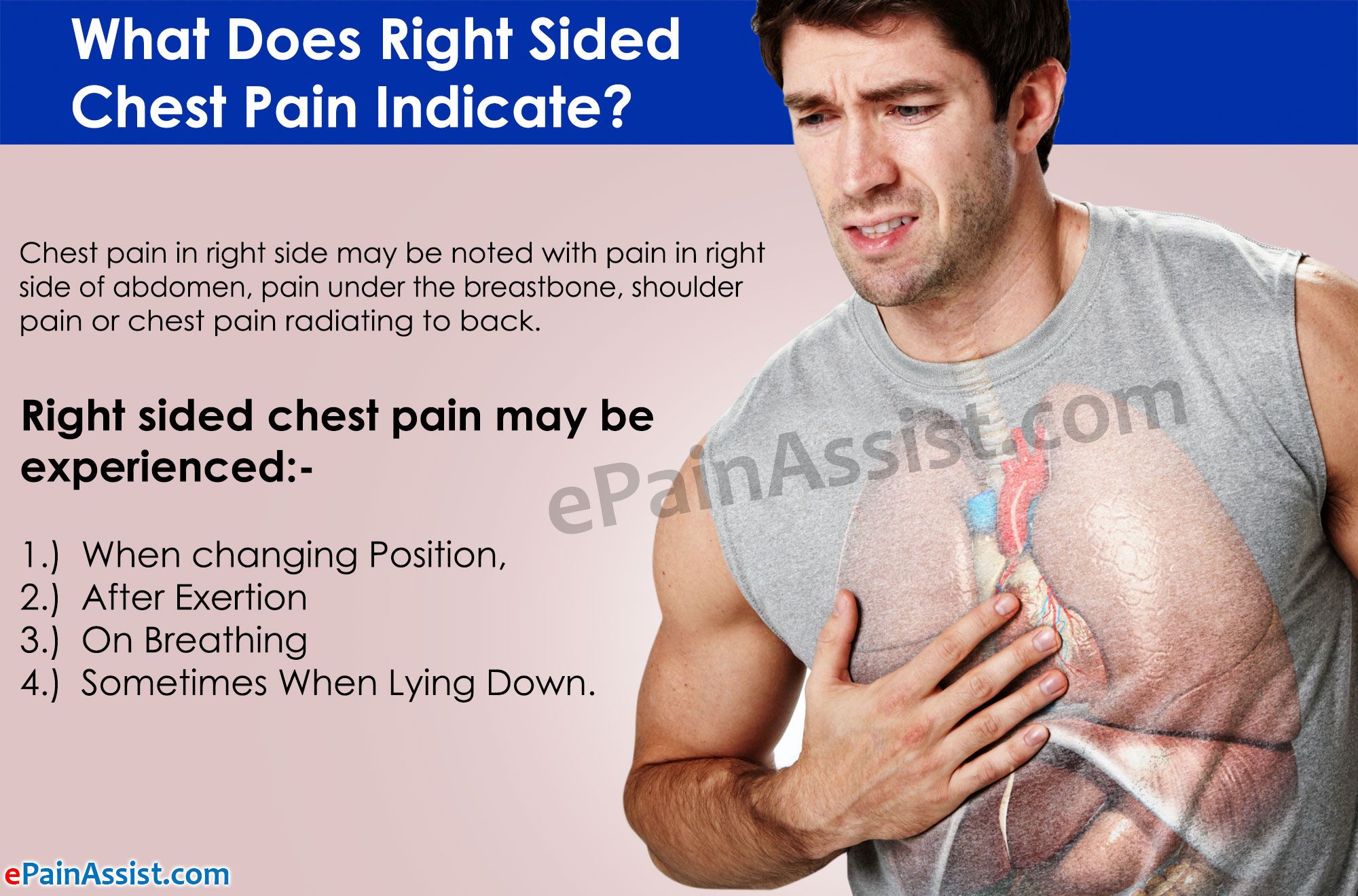 Gallstones are the leading cause of short-term (acute)
Gallstones are the leading cause of short-term (acute)
pancreatitis.
What are the symptoms of gallstone pancreatitis?
Severe pain is the most common symptom of gallstone pancreatitis. But it’s not the
only
symptom. You might also have:
- Chills
- Fever
- Yellow
color to the eyes, skin, or both (jaundice) - Nausea
- Pain
that feels sharp or a “squeezing” in your left upper belly (abdomen) or in your
back - Pain
that travels from the original site up to the shoulder or chest - Vomiting
How is gallstone pancreatitis diagnosed?
Gallstone pancreatitis is diagnosed by using a combination of tools.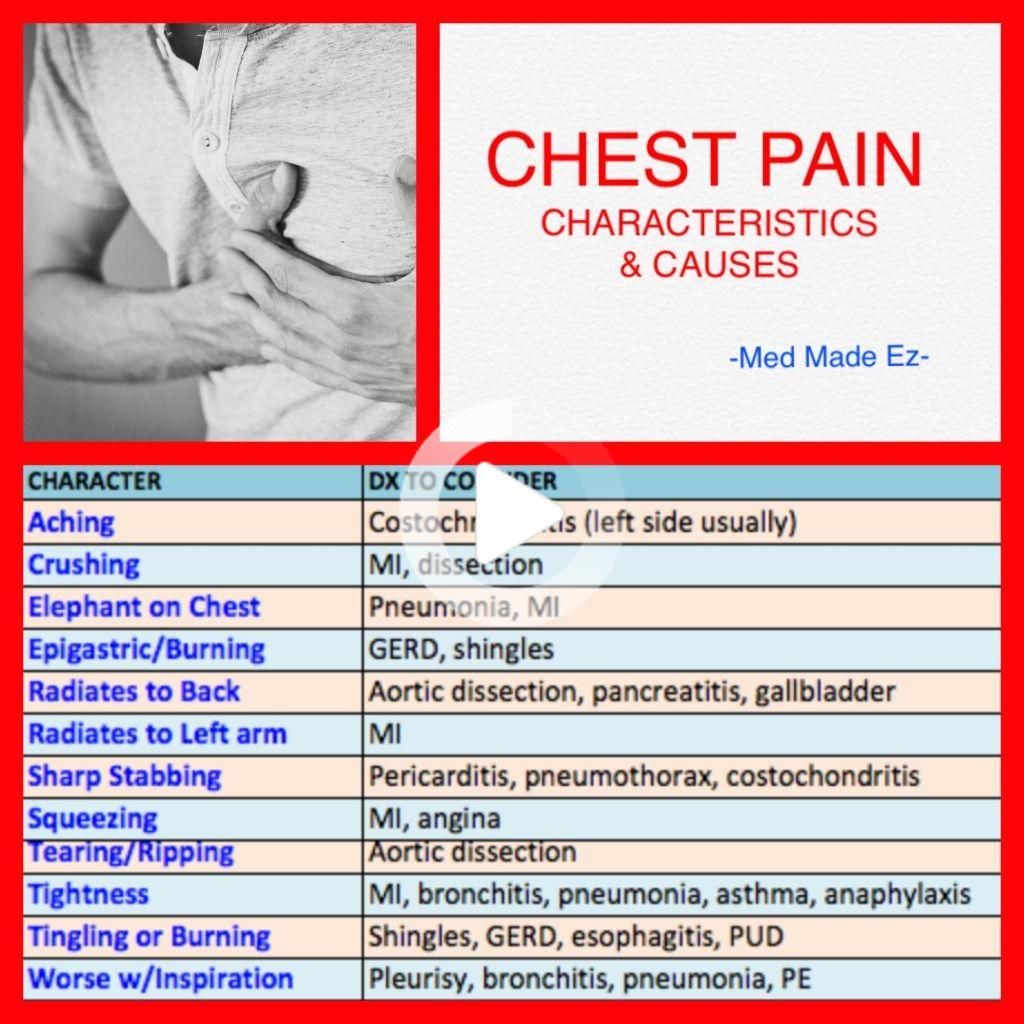 The most common
The most common
are blood tests and different types of body scans. Blood tests can find inflammation
in
the pancreas. A CT scan, MRI scan, or ultrasound can give a clearer picture of how
severe the pancreatitis is. It can also tell if a gallstone is stuck inside the
pancreatic duct and needs to be removed.
How is gallstone pancreatitis treated?
Gallstone pancreatitis usually needs to be treated in the hospital. During this time,
healthcare providers will give you fluids through an IV (intravenous) line. In cases
where you may not be able to eat for a long time, you may be fed through a special
tube
and sometimes into your vein. Healthcare providers will also treat any pain and nausea
with IV medicines. Often this will be enough to get your stone to pass through your
body
and ease the pancreatitis.
In
more severe cases, your surgeon will likely remove the gallstone. This will be done
through surgery or with a special tool (endoscope) during a procedure called ERCP
(endoscopic retrograde cholangiopancreatography). Depending on your condition, you
may
need to have your gallstone removed right away. You might be able to wait until after
about 48 hours of getting fluids directly into your vein. This allows your inflammation
to ease first. Your healthcare provider may advise that your gallbladder also be
removed. This will be done after your pancreatitis has eased. Sometimes it’s done
in the
hospital during the same stay. This will greatly reduce your chances of getting
gallstone pancreatitis in the future.
What are possible complications of
gallstone pancreatitis?
If
gallstone pancreatitis goes untreated, the complications can be very serious.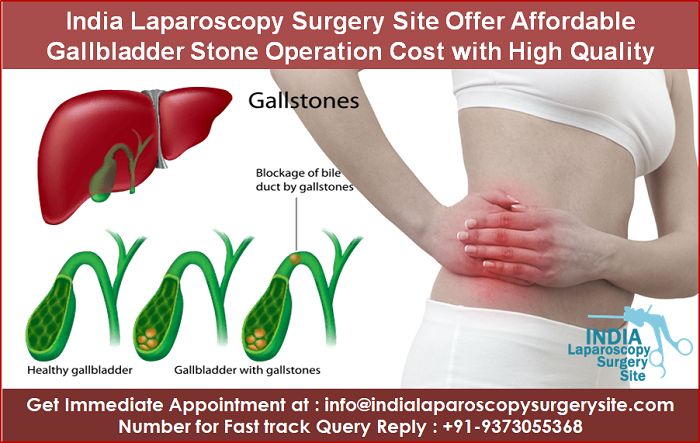 Digestive
Digestive
fluids from the liver, gallbladder, and pancreas may back up into your body. This
can
cause an infection called cholangitis. You may also develop yellowish eyes and skin
(jaundice). The tissue of your pancreas itself can even begin to die in a condition
called pancreatic necrosis. Gallstone pancreatitis can be fatal if not treated.
How can I prevent gallstone pancreatitis?
It’s
not possible to fully prevent gallstone pancreatitis. This is because it may not be
possible to fully prevent gallstones from forming. You can take steps to reduce your
gallstone risk by eating a healthy diet, staying at a healthy weight, keeping your
cholesterol levels within a normal range, and managing diabetes if you have it. If
you
are taking a medicine that contains estrogen, ask your healthcare provider how this
might add to your risk of developing gallstones.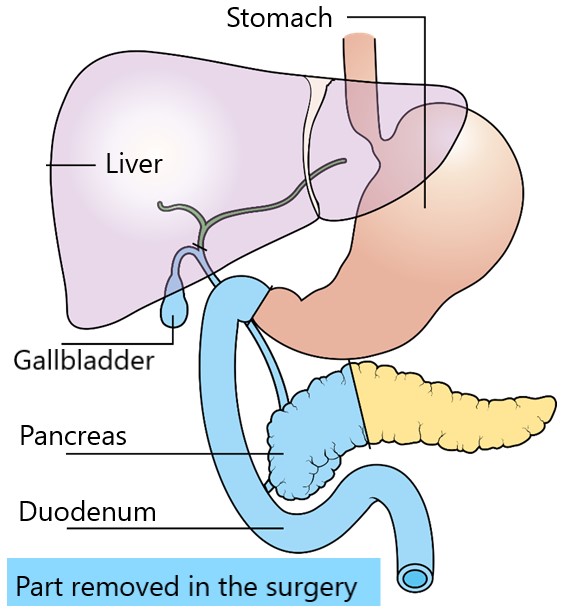
When should I call my healthcare
provider?
Gallstone pancreatitis symptoms, especially severe pain, are clear warning signs.
If
you have any of the symptoms, get medical help right away.
Key points about gallstone
pancreatitis
- Gallstone pancreatitis occurs when a gallstone blocks your
pancreatic duct, causing inflammation and pain in your pancreas. - Gallstone pancreatitis causes severe belly pain, nausea,
vomiting, fever, chills, and jaundice. - If untreated, gallstone pancreatitis can cause serious
complications. - Gallstone pancreatitis will usually need to be treated in the
hospital.
- You may need surgery or an endoscopic procedure (ERCP) to remove
the gallstone. - You may need to have your gallbladder removed to reduce your
risk of further problems.
Next steps
Tips to help you get the most from a visit to your healthcare provider:
- Know the reason for your visit and what you want to happen.
- Before your visit, write down questions you want answered.
- Bring someone with you to help you ask questions and remember what your healthcare
provider tells you. - At the
visit, write down the name of a new diagnosis and any new medicines, treatments, or
tests. Also write down any new instructions your healthcare provider gives you.
- Know
why a new medicine or treatment is prescribed and how it will help you. Also know
what the side effects are. - Ask if your condition can be treated in other ways.
- Know why a test or procedure is recommended and what the results could mean.
- Know what to expect if you do not take the medicine or have the test or procedure.
- If you have a follow-up appointment, write down the date, time, and purpose for that
visit. - Know how you can contact your healthcare provider if you have questions.
Medical Reviewer: Jen Lehrer MD
Medical Reviewer: Rita Sather RN
Medical Reviewer: Raymond Kent Turley BSN MSN RN
© 2000-2021 The StayWell Company, LLC. All rights reserved. This information is not intended as a substitute for professional medical care.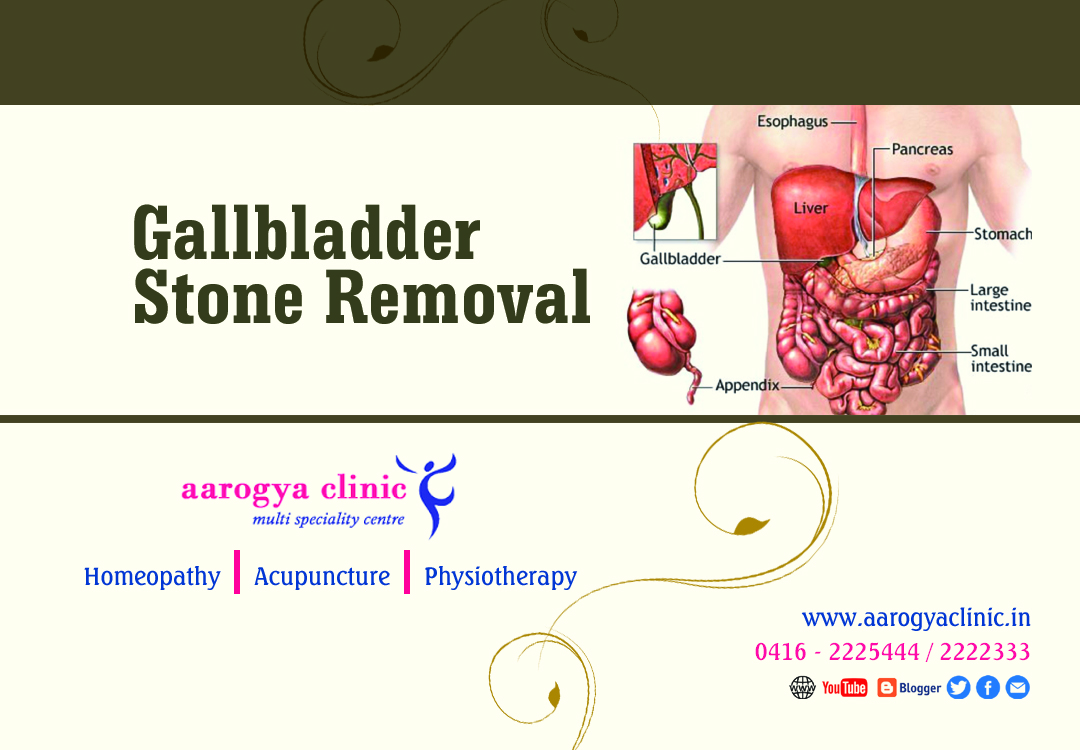 Always follow your healthcare professional’s instructions.
Always follow your healthcare professional’s instructions.
Not what you’re looking for?
Know the Signs of Gallbladder Disease
21
September
2017
|
09:00 AM
America/New_York
Your age, gender and diet can put you at risk
Gallbladder-shutterstock_450972409
Have you ever felt sharp pain in your right side? It could be a sign of gallbladder disease. Learn the signs, symptoms and treatments from surgeon Michael Mahoney, DO, with LVPG Surgery and family medicine nurse practitioner Jennifer Yourey, CRNP, with LVPG Family Medicine.
Learn the signs, symptoms and treatments from surgeon Michael Mahoney, DO, with LVPG Surgery and family medicine nurse practitioner Jennifer Yourey, CRNP, with LVPG Family Medicine.
What is the gallbladder?
This 4-inch pear-shaped organ lies just beneath your liver on the right side of your abdomen. It stores bile made in your liver – a mixture of water, cholesterol, bile salts and other substances that help digest fats in food. The gallbladder squeezes bile into your small intestine, where food has traveled from your stomach.
What can go wrong?
- Gallstones: These small, rock-like deposits form when bile contains too much cholesterol or other substances. “You may not know you have gallstones if they’re small and don’t cause symptoms,” Mahoney says. However, they often grow and clog the bile duct opening.
- Choledocholithiasis: This dangerous condition occurs when gallstones completely block the bile duct opening.

- Cholecystitis: This painful inflammation is caused by gallstones, infection or injury. It may start off acute (sudden and severe) and become chronic if left untreated.
- Biliary dyskinesia: This chronic disease occurs when your gallbladder muscles stop working properly for unknown reasons.
Who’s at risk?
- Women (especially during pregnancy)
- People over 40
- Obese individuals
- Those with high-fat, highcholesterol diets
- People who lose weight rapidly (including from bariatric surgery)
What are the symptoms?
- Classic symptom: Sharp pain in the upper right abdomen that radiates to the back and right shoulder
- Nausea
- Vomiting
- Fever
- Clay-colored stools
How do you treat gallbladder problems?
If you have gallbladder problems but mild or no symptoms, treatment is usually not necessary. “For mild symptoms, you may try living with them or switching to a low-fat diet,” Yourey says.
“For mild symptoms, you may try living with them or switching to a low-fat diet,” Yourey says.
If symptoms get progressively worse, surgery is needed. “In those cases, the most effective treatment usually is surgery to remove the gallbladder,” Mahoney says.
- Surgery is typically done laparoscopically.
- Pain is minimal.
- Patients usually go home the same day.
- Back to work within a week or two.
Learn more about gallstone symptoms, diagnosis and treatment. Visit LVHN.org/gallstones or call 570-501-4LVH to make an appointment.
Gallstones | PeaceHealth
Condition Basics
What are gallstones?
Gallstones are stones that form in the gallbladder.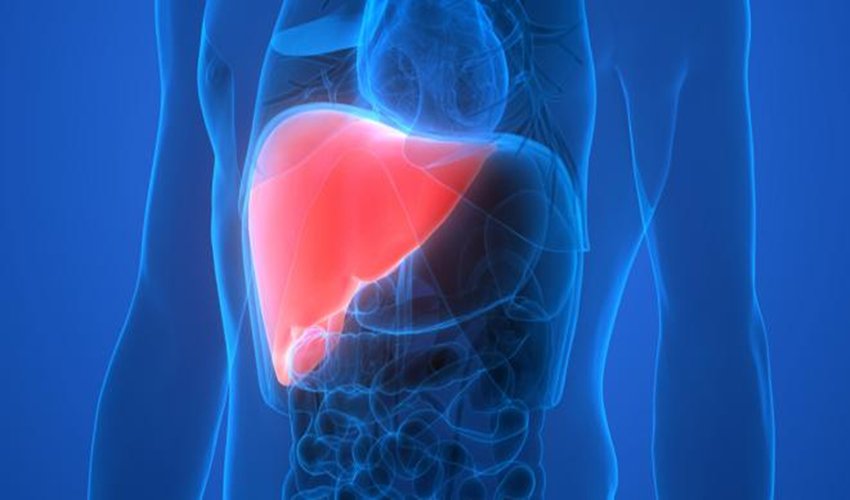 The gallbladder is a small sac located just under the liver. It stores bile released by the liver. Bile helps you digest fats. Gallstones can be smaller than a grain of sand or as large as a golf ball.
The gallbladder is a small sac located just under the liver. It stores bile released by the liver. Bile helps you digest fats. Gallstones can be smaller than a grain of sand or as large as a golf ball.
Gallstones form when cholesterol and other things found in bile make stones. They can also form if the gallbladder doesn’t empty as it should.
Gallstones can also form in the common bile duct or cystic duct. These tubes carry bile from the gallbladder and the liver to the small intestine.
What causes them?
Gallstones form when cholesterol and other substances found in bile make stones. They can also form if the gallbladder doesn’t empty as it should. People who are overweight or who are trying to lose weight quickly are more likely to get gallstones.
What are the symptoms?
Most people who have gallstones don’t have symptoms. If you have symptoms, you likely will have pain in your stomach or the upper right part of your belly. Pain may spread to your right upper back or shoulder blade area. When gallstones block a bile duct, you may have pain with fever and chills.
How are they diagnosed?
Your doctor will do a physical exam and ask you questions about when the pain in your belly started, where it is, and if it comes and goes or is always there. If your doctor thinks you have gallstones, he or she may order an ultrasound of the belly to confirm the diagnosis.
How are gallstones treated?
If you don’t have symptoms, you probably don’t need treatment. If your first gallstone attack causes pain, your doctor may tell you to take pain medicine and wait to see if the pain goes away. If you have more attacks, you may want to have your gallbladder removed.
If your first gallstone attack causes pain, your doctor may tell you to take pain medicine and wait to see if the pain goes away. If you have more attacks, you may want to have your gallbladder removed.
How can you prevent them?
There is no sure way to prevent gallstones. But you can reduce your risk of forming gallstones that can cause symptoms.
- Stay at a healthy weight. If you need to lose weight, do so slowly and sensibly.
- Eat regular, balanced meals.
- Be active, and exercise regularly.
Cause
Gallstones develop when cholesterol and other substances in the bile form crystals that become hard stones in the gallbladder. The gallbladder is a small sac located just under the liver. Gallstones can form when too much cholesterol is in the bile or when the gallbladder does not empty properly.
The gallbladder is a small sac located just under the liver. Gallstones can form when too much cholesterol is in the bile or when the gallbladder does not empty properly.
What Increases Your Risk
Your chances of forming gallstones that can cause symptoms are higher if you:
- Are female. Females are twice as likely as males to have gallstones.
- Are older than 55.
- Are Native American or Mexican-American.
- Have a family history of gallstones.
You may also be increasing your risk for gallstones if you:
- Are overweight.
- Lose weight rapidly or lose weight by dieting and then gain weight back again.

- Are pregnant.
- Are taking estrogen (after menopause) or high-dose birth control pills.
- Get very little or no exercise.
- Do not eat for a period of time (fast).
Symptoms
Most people who have gallstones don’t have symptoms. When symptoms occur, they can include:
- Pain in the pit of your stomach or in the upper right part of your belly. It may spread to your right upper back or shoulder blade area.
- Pain that may come and go or be steady. It may get worse when you eat.
- Fever and chills, if a gallstone is blocking a bile duct and causing an infection.
- Yellowing of your skin and the whites of your eyes.
Pain can last 15 minutes to 24 hours. Continuous pain for 1 to 5 hours is common. The pain may begin at night and be severe enough to wake you. Pain often starts after eating food that is high in fat. The pain usually makes it hard to get comfortable. Moving around doesn’t make the pain go away.
Continuous pain for 1 to 5 hours is common. The pain may begin at night and be severe enough to wake you. Pain often starts after eating food that is high in fat. The pain usually makes it hard to get comfortable. Moving around doesn’t make the pain go away.
What Happens
The progression of gallstones depends on whether you have symptoms. Most people with gallstones have no symptoms and do not need treatment.
The most common problem caused by gallstones occurs when a gallstone blocks the cystic duct that drains the gallbladder. It often causes bouts of pain that come and go as the gallbladder contracts and expands. The bouts of pain are often severe and steady. The pain can last from 15 minutes to up to 6 hours. And the pain may get worse after a meal. Symptoms usually improve within a few days.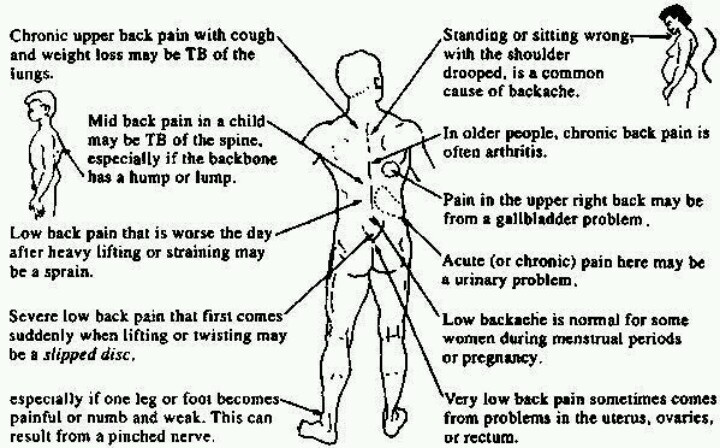
If the pain is severe or if you have had gallbladder pain before, you may need to have your gallbladder removed.
In rare cases, gallstones can cause pancreatitis, an inflammation of the pancreas. Gallstones back up the flow of digestive enzymes made by the pancreas. Pancreatitis may cause sudden, severe belly pain, loss of appetite, nausea and vomiting, and fever.
Learn more
When to Call
Call
911
or other emergency services immediately if you:
- Have sudden or severe abdominal pain.
- Have trouble breathing.

- Faint or lose consciousness.
Call your doctor now if you have:
- Pain that may be caused by gallstones (continuous moderate to severe pain in the upper right abdomen) along with a fever of 100.4°F (38°C) or higher and chills that are clearly not caused by stomach flu or any other reason.
- Pain in the upper midsection or upper right abdomen, along with a yellow tint to your skin and the white part of your eyes, dark yellow-brown urine, or light-colored stools.
- Diabetes or an impaired immune system and you have symptoms that may be caused by gallstones.
If you have symptoms of gallstones but no fever, chills, or yellowing of your skin or the white part of your eyes, you may still need to be checked and treated. Schedule an appointment with your doctor.
Schedule an appointment with your doctor.
Watchful waiting
Watchful waiting means taking a wait-and-see approach. You and your doctor watch your symptoms or condition to see if you need treatment. It’s often the first approach to a first attack of gallstone pain.
Check your symptoms
Exams and Tests
Most people who have gallstones don’t know it because they don’t have symptoms.
If you have symptoms, your doctor will do a physical exam. He or she will ask you questions about when the pain in your belly started, where it is, and if it comes and goes or is always there. If your doctor thinks you have gallstones, your doctor may order tests to confirm the diagnosis.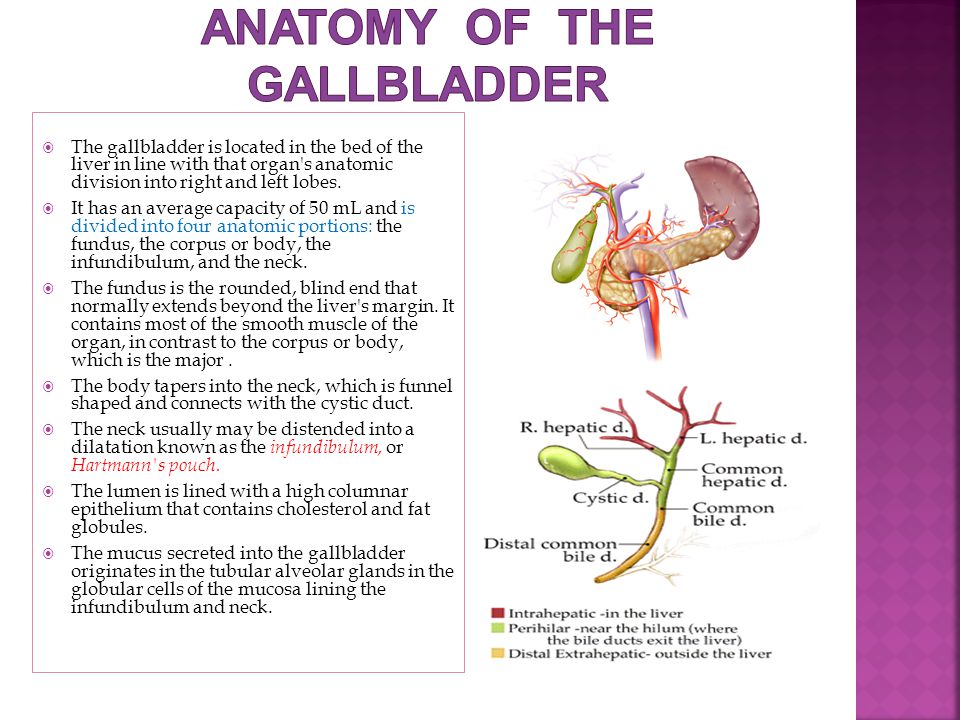 Tests might include:
Tests might include:
- An abdominal ultrasound. This is the best way to confirm gallstones. A technologist moves a wand across your belly to create pictures on a screen.
- A gallbladder scan. Your doctor may do this if your ultrasound didn’t show gallstones. In this test, a special dye is injected into a vein in your arm.
- An endoscopic retrograde cholangiopancreatogram (ERCP). This test checks the tubes (ducts) that drain the liver, gallbladder, and pancreas. A flexible, lighted scope (endoscope) and X-ray pictures are used.
What a gallstone looks like on an abdominal
ultrasound
Courtesy of Intermountain Medical Imaging, Boise, Idaho.
Figure 1 shows a normal gallbladder on ultrasound. Figure 2 shows a large gallstone in the gallbladder.
Learn more
Treatment Overview
If you don’t have symptoms, you probably don’t need treatment.
If you do have symptoms and your first gallstone attack causes pain, your doctor may tell you to take pain medicine and wait to see if the pain goes away. You may never have another attack. Waiting to see what happens usually won’t cause problems.
If you have a second attack, you may want to have your gallbladder removed. A second attack means you’re more likely to have future attacks. Many people have their gallbladders removed. And the body works fine without a gallbladder.
Learn more
Self-Care
- Rest until you feel better.
- Be safe with medicines. Read and follow all instructions on the label.
- If the doctor gave you a prescription medicine for pain, take it as prescribed.
- If you are not taking a prescription pain medicine, ask your doctor if you can take an over-the-counter medicine.
- Avoid foods that cause symptoms, especially fatty foods. These can make the gallbladder tighten and cause pain.
Surgery
Surgery to remove the gallbladder (cholecystectomy) is the treatment of choice for gallstones that cause moderate to severe pain or other symptoms. Symptoms usually don’t return after the gallbladder is removed. If you have certain health problems, surgery may also be done even if you don’t have symptoms. In a small number of cases, surgery may be done to prevent other problems from gallstones.
Laparoscopic surgery is the most common way to remove the gallbladder. A doctor puts a lighted viewing tool and surgical tools into your belly through several small cuts. People who have this surgery usually recover in about 1 week.
Open surgery involves one larger cut. The gallbladder is removed through this cut. It may be done if laparoscopic surgery isn’t an option. Or it may be done when other problems are found during laparoscopic surgery. This type of surgery requires a longer recovery period. It also causes more pain.
Learn more
Watch
Credits
Current as of:
February 10, 2021
Author: Healthwise Staff
Medical Review:
E. Gregory Thompson MD – Internal Medicine
Adam Husney MD – Family Medicine
Kathleen Romito MD – Family Medicine
Arvydas D. Vanagunas MD – Gastroenterology
Current as of: February 10, 2021
Author:
Healthwise Staff
Medical Review:E. Gregory Thompson MD – Internal Medicine & Adam Husney MD – Family Medicine & Kathleen Romito MD – Family Medicine & Arvydas D. Vanagunas MD – Gastroenterology
90,000 Why does biliary colic occur and how to deal with this ailment
| Useful for cholelithiasis sweet fruits and berries. Photo agency “Moscow” |
Gallstone disease is a very common ailment characterized by the formation of so-called calculi (stones) from calcium and cholesterol salts.They are localized in the gallbladder or bile ducts. According to statistics, women are more likely to suffer from this disease than men, which is explained by the increased production of bile. It is especially provoked by its high level of the hormone estrogen, which is observed in pregnant women. People who abuse fatty foods and lead a sedentary lifestyle are also at risk. In addition, heredity is an important factor contributing to the onset of the disease.
In a word, if you are worried about bitterness in the mouth and heaviness in the abdomen, which intensifies after eating fatty foods, smoked meats, pickled foods, you should consult a gastroenterologist.Other symptoms include flatulence, unstable stools, and general weakness. It happens that the disease proceeds without pronounced signs, only occasionally reminding of itself. But one day, suddenly there is a sharp pain in the right hypochondrium, passing into the shoulder and scapula. This is biliary colic, a painful syndrome that signals the presence of stones.
So, biliary colic is an attack of sharp cramping pain in the right hypochondrium, which can spread to the upper abdomen, right shoulder and even neck.Most often it occurs with gallstone disease (according to statistics, it occurs in women 2-3 times more often than in men). Thus, biliary colic occurs due to blockage of the bile ducts (ducts) with small stones or sand, as a result of which the normal outflow of bile from the gallbladder into the common duct associated with the duodenum is disrupted. At the same time, pressure builds up in the gallbladder, which leads to pain.
However, sometimes bilious colic occurs in the absence of stones.In this case, it may be caused by cholecystitis (inflammation of the gallbladder) or biliary dyskinesia (impaired contractility of the bile ducts). Usually, the attack occurs after eating fatty, fried or spicy foods, as well as drinking alcohol. The pain can spread throughout the abdomen and back. Moreover, it increases with movement and is often accompanied by nausea and vomiting, and sometimes an increase in temperature and icteric staining of the skin. By the way, the onset of colic can be provoked by various physical activities, for example, working at a summer cottage or lifting weights.
What to do when an attack occurs? First of all, you need to unbutton tight clothes, then lie on your right side and try to relax. It has been noticed that resting sometimes helps relieve pain. Since the exact cause of biliary colic is not known, a hot heating pad should not be placed on the stomach, as this can worsen the patient’s condition. If the pain persists, you need to call an ambulance. After examining the patient, the doctor will relieve the attack by injecting an antispasmodic and anesthetic drug.And in severe cases, hospitalization will be required in the surgical department of the hospital.
However, even if the colic goes away without consequences, it is necessary to consult a gastroenterologist. After all, it is possible that the attack may recur. Therefore, it is important to establish the cause. Perhaps the pain is not caused by a gallbladder disease, but by another ailment, such as pancreatitis (inflammation of the pancreas) or right-sided renal colic. Ultrasound and X-ray examinations, as well as duodenal intubation (examination of the function of the liver, gallbladder, pancreas using a probe) will help to identify a specific pathology.
If we are talking about gallstone disease, then at the initial stage its treatment can be conservative. It is based on diet. The patient should exclude fatty and spicy foods from his diet, and also refuse to drink alcohol. As for the menu, it should include such dishes as, for example, vegetable soups, vegetarian borscht, boiled meat and chicken, low-fat fish. Boiled vegetables, sweet fruits and berries are useful. You need to eat in small portions four to five times a day.At the same time, do not allow large temporary breaks between meals, so as not to provoke bile stagnation.
Along with dietary recommendations, the doctor prescribes drug therapy to the patient, including, in particular, the use of various choleretic and anti-inflammatory drugs. A good therapeutic effect is provided by the use of infusions and decoctions of medicinal plants, which have a choleretic and anti-inflammatory effect.
90,000 Gallbladder, symptoms of diseases – Clinic Health 365Ekaterinburg
Cholecystitis. Symptoms
Cholecystitis, treatment, prevention
Diagnosis of cholecystitis
Cholecystitis, questions to the doctor
Causes of cholecystitis
Complications of cholecystitis
Operation to remove the gallbladder (cholecystectomy)
Cholecystitis, biliary dyskinesia, cholelithiasis – diseases of the gallbladder , the symptoms of which are in many respects similar.
It often happens that in a chronic disease of the gallbladder and biliary tract, the symptoms are nonspecific.Patients may be worried about general malaise, low-grade fever (temperature 37.0 – 37.5), dyspepsia (belching, nausea, etc.), pain or discomfort in the chest area.
Such patients can visit various specialists for a long time, sometimes unsuccessfully, who sometimes diagnose thyrotoxicosis, peptic ulcer, gastritis, dystonia, etc., while the cause of all these symptoms lies in latent diseases of the gallbladder and biliary tract.
In chronic cholecystitis (inflammatory disease of the gallbladder ), symptoms , the most common are:
- Pain in the right hypochondrium;
- bitterness in the mouth;
- nausea, sometimes vomiting;
- poor appetite.
An attack of chronic cholecystitis is accompanied by a sharp pain in the right hypochondrium or in the epigastric region. In this case, the pain often radiates up, to the right and posteriorly (to the area of the right scapula, right shoulder, right half of the neck), sometimes the pain spreads over the entire abdomen, increases in the position on the left side or with a deep breath.
Exacerbation may be accompanied by nausea and repeated vomiting with bile. Pallor and yellowness of the skin may be noted. The tongue, as a rule, is coated with a yellow-brown bloom.On palpation (pressure) of the abdominal wall in the upper right part, pain is expressed, sometimes a symptom of muscle protection.
In biliary dyskinesia, exacerbation is most often due to psychoemotional stress or neuroendocrine disorders.
In hypomotor dyskenesia, the main symptom is pain, which can be either dull or sharp, in the form of colic. In most patients, general neurotic symptoms are usually expressed.
In hypotonic type of dyskinesia, pain syndrome usually manifests itself as dull pain (discomfort) in the right hypochondrium.As a rule, pain is accompanied by nausea, impaired appetite, and an unpleasant taste in the mouth.
With gallstone disease, an attack most often occurs after physical overload, cycling, etc. An attack of pain can suddenly begin and just as suddenly stop, so that the patient already the next day feels quite satisfactory. Jaundice that develops after an attack is a symptom of gallstone disease, but it can also occur with hypermotor dyskinesia.
In patients with chronic diseases of the gallbladder and biliary tract, the process may involve the stomach, pancreas, etc., which is accompanied by symptoms such as a bitter taste in the mouth, belching, heartburn, nausea, stool disorders (diarrhea, constipation)
90,000 Diseases of the bile and hepatic ducts
Bile, which is produced in the liver, enters the gallbladder and bile ducts through the hepatic duct. Part of the bile through the common channel is immediately sent to the duodenum.Sometimes failures occur in this system, which can be immediately identified by the characteristic pain in the right hypochondrium. The nature of this pain is associated with the type of disease. For example, in the presence of large stones in the excretory ducts, a person experiences stabbing and cutting pains.
Diseases of the bile and hepatic ducts and their manifestations
Causes of diseases of the bile ducts:
- parasites;
- tumors of the mucous membrane and submucosa;
- heterogeneous bile consistency;
- Damage to the duct by calcifications.
The main risk group is women, because they are more likely than men to experience hormonal problems and are overweight.
Blockage of ducts
Most often, the ducts are blocked due to gallstone disease. A tumor, inflammation of the walls of the ducts, a cyst, helminthic invasion, and a bacterial infection can also lead to obstruction.
Narrowing of ducts (strictures)
The main reason for this pathology is the undergone surgery to remove the gallbladder or tumor, cyst in the duct.For a long time after the operation, inflammation persists, which leads to narrowing. The patient loses appetite, experiences pain in the right side, his body temperature rises.
Ties and scars
The walls of the duct are replaced by scar tissue due to inflammation caused by sclerosing cholangitis. As a result, the outflow of bile is disrupted, it is absorbed into the bloodstream and stagnates in the gallbladder. There are no symptoms, but as the disease progresses, liver cells die.
Swelling
The walls of the bile ducts thicken due to catarrhal inflammation. In this case, overcrowding of the blood vessels occurs, the mucous membrane of the duct swells, leukocytes accumulate on the walls, the epithelium exfoliates. Often this disease becomes chronic. At the same time, it hurts constantly to experience discomfort in the right side, he is tormented by nausea, vomiting occurs.
Gallstone disease
Stones in the biliary system are formed due to stagnation of bile in the gallbladder and impaired cholesterol metabolism.For treatment, medications are prescribed, under the influence of which the stones leave the gallbladder through the ducts. At the same time, the patient feels a stabbing, cutting pain in the right side. A large stone can partially or completely block the duct. This is called a gallbladder spasm. Its symptoms are pain, nausea, vomiting.
Tumors and metastases in cancer
Klatskin’s tumor is often found in elderly patients with problems of the biliary system. In 50% of cases, a malignant tumor forms in the common bile duct.If it is not treated, then metastases appear, affecting regional lymph nodes, pancreas, and liver. The disease can be detected at an early stage, if you do not ignore the symptoms: pain in the right hypochondrium, which radiates to the neck and scapula.
Parasites
Trematodes, lamblia, flukes may appear in the gallbladder and ducts. They cause chronic inflammation of the walls of the gallbladder, disrupt the contractile function of the ducts.
Dyskinesia
In this disease, the consistency of contraction of the walls of the gallbladder and its ducts is disturbed.As a result, bile enters the duodenum in deficit or excess, which disrupts the process of digestion and assimilation of nutrients.
Cholangitis
Inflammation of the bile ducts occurs when they become clogged or the liver secretions become infected with bacteria. There are three types of inflammation:
- acute, arising unexpectedly – a person has a headache, the skin turns yellow, a stabbing pain appears in the right hypochondrium, which radiates to the shoulder and neck;
- chronic – mild pain syndrome on the right, fever, bloating in the upper abdomen;
- sclerosing – there are no symptoms, and if untreated, liver failure develops, which cannot be cured.
Extension
Most often occurs due to increased contractility of the walls of the gallbladder. There are other reasons – blockage of the common duct by a tumor or stone, improper functioning of the sphincters. As a result, the pressure rises in the biliary system, the ducts expand.
Biliary atresia
This is a blockage or absence of the biliary tract. The disease is found in newborns. In a child, the skin becomes yellow-green, urine darkens, and feces become white-gray.If the pathology is not treated, the child will not live more than a year and a half.
Methods for the diagnosis of diseases of the biliary tract
- Biochemical, clinical, immunological blood tests. They show the inflammation and behavior of the pancreas and liver.
- Coprogram – shows how fats, proteins and carbohydrates are digested in the intestines.
- Study of rectal mucus for parasites or probing with sampling of material for laboratory research.
- Ultrasound of the liver, pancreas (endoscopic) to detect tumors, cysts, assess the size and location of organs.
Treatment Techniques
The therapy is supposed to be complex – diet and medication, and in difficult cases, an operation is indicated.
Conservative therapy
Patients are assigned table No. 5 according to Pevzner. Fried foods, fatty foods, alcohol, carbonated drinks and foods that cause gas are excluded from the diet.The main goal of this diet is to reduce the load on the biliary system and prevent a sharp outflow of bile. If there is no severe pain, you can eat as usual, but without harmful foods. Meals should be varied and complete. You need to eat 4-6 times a day in small portions. The diet must be combined with the intake of vitamins of group B, as well as E, K, A, C.
- Choleretic drugs.
- Broad spectrum antibiotics.
- Antispasmodics.
- Smoking cessation and an active lifestyle.
Surgical treatment
The operation is carried out when there is some obstacle that needs to be removed. It can be a cyst, tumor, scar. Different methods are used for different diseases:
- Praderi drainage – performed when an artificial connection is formed between the small intestine and the bile duct, so that there is no narrowing of the operated area. Also performed after removal of the gallbladder to maintain normal pressure in the common bile duct.
- Stenting – when the duct is narrowed, an expanding stent is inserted into it – a thin tube made of metal or plastic. The stent restores patency.
- Endoscopic papillosphincterotomy is a gentle operation to remove stones from the ducts using a special probe.
Specify additional information by phone +7 (812) 435 55 55 or fill out the online form – the administrator will contact you to confirm the entry.
“CM-Clinic” guarantees complete confidentiality of your request.
Leading doctors
Senko Vladimir Vladimirovich
Head of the Center for Surgery and Oncology
Dunayskiy pr., 47
Mikhailov Alexey Gennadievich
Surgeon, oncologist, mammologist, endocrine surgeon
pr.Udarnikov, 19, st. Marshal Zakharov, 20
Maslennikov Dmitry Yurievich
Surgeon, proctologist, mammologist
st. Marshal Zakharov, 20
Khokhlov Sergey Viktorovich
Surgeon, oncologist, coloproctologist
Udarnikov ave. 19, Vyborg highway, 17-1
Karapetyan Zaven Surenovich
Coloproctologist, surgeon
st.Marshal Zakharov, 20
Krikunov Dmitry Yurievich
Surgeon
Danube Ave., 47
Osokin Anton Vladimirovich
Surgeon / oncologist (mammologist), coloproctologist
Danube Ave., 47
Khangireev Alexander Bakhytovich
Surgeon, oncologist, coloproctologist
pr.Udarnikov, 19
Shishkin Andrey Andreevich
Surgeon, phlebologist, proctologist. Candidate of Medical Sciences
Dunayskiy pr., 47
Kolosovsky Yaroslav Viktorovich
Surgeon, mammologist, oncologist
Udarnikov Ave., 19, st. Marshal Zakharov, 20
See all
Vintskovsky Stanislav Gennadievich
Danube pr., 47
Ogorodnikov Vitaly Viktorovich
Vyborgskoe highway, 17-1
Gorbachev Viktor Nikolaevich
Danayskiy pr., 47
Petrushina Marina Borisovna
Ave.Udarnikov, 19
Aramyan David Surenovich
Danayskiy pr., 47
Ustinov Pavel Nikolaevich
Danayskiy pr., 47
Ardashov Pavel Sergeevich
Ave.Udarnikov, 19
Volkov Anton Maksimovich
Udarnikov Ave., 19
Grinevich Vladimir Stanislavovich
Vyborgskoe highway, 17-1
Izmailov Ruslan Rasimovich
st.Marshal Zakharov, 20
Petrova Vitalina Vasilievna
Vyborgskoe highway, 17-1
Salimov Vakhob Valievich
Danayskiy pr., 47
Sinyagina (Nazarova) Maria Andreevna
st.Marshal Zakharov, 20
Slabkova Elena Nikolaevna
Vyborgskoe highway, 17-1
Hide
Addresses
90,000 Biliary dyskinesia – treatment at Medline in Kemerovo
Biliary dyskinesia is a violation of the outflow of bile from the liver along the biliary tract (gallbladder and cystic duct).
There is either too strong or insufficient contraction of the gallbladder. As a result, not enough bile enters the duodenum. The disease is 10 times more common in women than in men.
Symptoms
Pain in the right hypochondrium
- With a hyperkinetic variant of dyskinesia (that is, with increased contractile activity of the biliary system), the pain is acute, paroxysmal, short-term, can be given to the right shoulder or right shoulder blade.As a rule, pain occurs after physical or emotional stress, eating fatty foods
- In hypokinetic variant of dyskinesia (that is, with reduced contractile activity of the biliary system), the pain is dull, aching, almost constant, with rare episodes of absence of pain, accompanied by a feeling of fullness in the right hypochondrium
- Attacks of biliary colic – severe pain in the right hypochondrium, arising suddenly, accompanied by a rapid heartbeat or a feeling of cardiac arrest, fear, numbness of the limbs
Cholestatic syndrome
This is a whole complex of symptoms arising from a decrease in the flow of bile into the duodenum – the initial section of the small intestine.It develops in less than half of the cases.
Manifestations of cholestatic syndrome:
- jaundice (yellow staining of the skin, mucous membranes (for example, the oral cavity), body fluids (for example, saliva, lacrimal fluid, etc.)
- lighter than usual, feces
- darker than usual urine
- hepatomegaly (enlarged liver)
- pruritus
Dyspeptic manifestations (digestive disorders):
- decreased appetite
- nausea and vomiting
- bloating
- bitterness and dry mouth in the morning
- bad breath
Manifestations of neurosis:
- Fatigue
- irritability
- increased sweating
- intermittent headaches
- decrease in sexual activity
Reasons
Causes of primary biliary dyskinesia associated with congenital malformations of the biliary tract:
- doubling of the gallbladder and bile ducts
- narrowing of the gallbladder
- constrictions and septa in the gallbladder
The causes of secondary biliary dyskinesias (developing throughout life) are various diseases, for example:
- gastritis (inflammation of the gastric mucosa)
- duodenitis (inflammation of the duodenal mucosa)
- peptic ulcer (formation of ulcers – deep defects) of the stomach or duodenum
- Pancreatitis (inflammation of the pancreas)
- cholecystitis (inflammation of the gallbladder)
- viral hepatitis (systemic disease with predominantly liver damage caused by viruses)
- neuroses (perceived by the patient to be treatable mental disorders)
- hypothyroidism (decreased hormone production), e.g. hypothyroidism – hypothyroidism
Risk factors
- Hereditary predisposition
- Inappropriate nutrition (eating a lot of fatty, fried and spicy foods)
- Worms (flat and round worms) and lamblia (unicellular organisms with flagella).
- Intestinal infections (infectious diseases with a predominant lesion of the digestive system)
- Hormonal disorders (violation of the ratio of hormones – biologically active substances that regulate all types of body activities). For example, increased or decreased production of hormones, disruption of their composition or transport
- Vegetovascular dystonia (VVD), or neurocirculatory dystonia (NCD) – disorders of the autonomic nervous system (part of the nervous system that regulates the activity of internal organs)
- Psycho-emotional stress (psycho-emotional stress)
- Excessive physical activity
- Sedentary
Diagnostics in the clinic Medline
Analysis of medical history, complaints, life and physical examination.On examination, the normal color of the skin or its yellowness, decreased or increased nutrition is determined. On palpation (palpation), pain in the right hypochondrium is assessed, which increases with inspiration. When tapping, the size of the liver and spleen is determined.
Laboratory research methods:
- A complete blood count may not reveal abnormalities. In the presence of inflammatory diseases, leukocytosis appears (an increase in the number of leukocytes – white blood cells), an increase in the sedimentation rate of erythrocytes – red blood cells (ESR is a non-specific laboratory indicator reflecting the ratio of varieties of blood proteins)
- A general urine test reveals a darker coloration of urine than it should be normal, bile pigments (colorants secreted by bile) may be found in it.
- Biochemical blood test. The level of creatinine (a protein breakdown product), uric acid (a breakdown product of substances from the cell nucleus), total protein and its fractions (varieties), alkaline phosphatase (ALP), gamma-glutamyl transpeptidase (GGT), alanine aminotransferase (ALT or ALT), aspartate amiminotransferase (AST or AST), bilirubin (bile pigment – a dye, breakdown product of erythrocytes), electrolytes (potassium, sodium, calcium, magnesium)
- Lipidogram (analysis of the content of lipids, fat-like substances in the blood).It can reveal abnormalities in the normal content of various lipids.
- Markers of viral hepatitis (signs of the presence of viruses in the body that can damage the liver)
- Study of feces for the presence of flat and round worms, as well as protozoa (unicellular organisms)
Instrumental research methods:
- Ultrasound examination (ultrasound) of the abdominal organs reveals changes in the size and shape of the gallbladder, the presence of stones, kinks or constrictions in it
- Ultrasound examination of the gallbladder with a test breakfast.After performing an ultrasound examination of the gallbladder on an empty stomach, the patient is given a test breakfast containing a large amount of fat (for example, a glass of sour cream or two egg yolks). After 30 and 60 minutes, ultrasound examination of the gallbladder is performed again. The doctor assesses how timely and completely the gallbladder contracted after eating. This study makes it possible to assess the form of biliary dyskinesia – hyperkinetic (that is, with increased contractility of the muscles of the biliary tract) or hypokinetic (that is, with decreased contractility of the muscles of the biliary tract)
- Duodenal sounding.In this study, a probe (tube) is inserted into the duodenum through the nose or mouth for a long time. Periodically, portions of bile are taken through a probe for examination. When examining bile, signs of inflammation, stone formation, etc. are revealed
- Fibroesophagogastroduodenoscopy (FEGDS) is the study of the state of the surface of the esophagus, stomach, duodenum using endoscopes (optical instruments). It is carried out if there is a suspicion of a disease of these organs as the cause of biliary dyskinesia
- Oral cholecystography is a test method in which the patient drinks a contrast agent (that is, makes the places of its accumulation visible on x-rays), a substance that accumulates in the gallbladder.Allows you to assess the size and shape of the gallbladder, the presence of anomalies (violations) of its development
- Intravenous cholecystography is a test method in which a contrast agent that accumulates in the gallbladder is injected intravenously. Allows you to assess the size and shape of the gallbladder, the presence of anomalies (violations) of its development. Contraindicated in case of allergy (individual hypersensitivity) to iodine preparation
- Endoscopic retrograde cholangiopancreatygraphy (ERCP) – a combination of endoscopic and radiological methods, which gives an image of the biliary tract
- Hepatobiliary scintigraphy is a radioisotope research method in which a radioactive drug is injected intravenously, selectively accumulating in the liver and biliary tract, which allows them to get an accurate image
Treatment of biliary dyskinesia
The purpose of therapeutic measures for biliary dyskinesia is to normalize the outflow of bile and prevent its stagnation in the gallbladder.
Compliance with the regime of work and rest:
- Full night sleep for at least 8 hours
- go to bed no later than 11 p.m.
- alternation of mental and physical activity (for example, doing gymnastics after two hours of computer work)
- outdoor walks
Diet therapy: diet number 5.
- Food 5-6 times a day in small portions to improve bile excretion
- Exclusion from the diet of spicy, fatty, fried, smoked food, canned food
- Reduced salt (up to 3 grams per knock) and spices in food to reduce fluid retention in the body
- Mineral water intake:
- high mineralization (that is, with a high salt content) with hypomotor dyskinesia of the biliary tract (with reduced contractile activity of the biliary system)
- low mineralization (that is, with a low salt content) with hypermotor dyskinesia of the biliary tract (increased contractile activity of the biliary system)
Conservative (non-surgical) treatment.
- Choleretic (choleretic) drugs facilitate the outflow of bile
- Cholespasmolytics (drugs that reduce the increased tone of the muscles of the biliary tract) are used for hypermotor dyskinesia
- Enzyme preparations facilitate food digestion in hypomotor dysfunction
- Medicinal herbs are prescribed in courses 2 times a year. The composition of the collection of herbs depends on the type of dyskinesia (hyperkinetic or hypokinetic)
- Duodenal intubation – removal of the contents of the duodenum through a tube (tube) after administration of drugs that stimulate the release of bile from the gallbladder
- Closed tubazh (cleansing) of the gallbladder, or “blind” probing – taking choleretic drugs in conditions that facilitate the outflow of bile (in the position on the right side, with a warm heating pad on the right hypochondrium)
- Treatment with neurotropic (affecting the nervous system) drugs on the recommendation of a psychotherapist
Physiotherapy treatment:
- Diadynamic therapy (therapeutic effect of electric current of various frequencies on the right hypochondrium)
- Electrophoresis (exposure of the body to direct electric current and medicinal substances introduced with its help) with magnesium preparations on the liver area
Acupuncture (acupuncture) is a method of treatment in which the effect on the body is carried out by the introduction of special needles into special points on the body
Massage (especially acupressure) – that is, with the impact on certain points of the human body, affecting the activity of the gallbladder
Prevention of biliary dyskinesia
Primary prevention of biliary dyskinesia (that is, before it occurs)
- Compliance with work and rest regime
- A complete diet with restriction of fatty, fried, smoked, salty foods, with a sufficient content of vegetables and fruits
- Exclusion of psychoemotional (stressful) situations
- Timely treatment of neuroses
Secondary prevention (that is, after the onset of biliary dyskinesia) consists in its earliest detection – with regular preventive examinations.
Cholelithiasis – (Di Center clinics)
Stones in the gallbladder: diagnosis and treatment
Gallstone disease (GSD) is a disease in which stones form in the gallbladder or in the bile ducts.
Gallstone disease occurs quite often. In Europe and America, 1/3 of women and ¼ of men have it. As a rule, adults, especially overweight women of age, suffer from gallstone disease.
Reasons
Two main factors are to blame for the formation of stones: stagnation of bile in the gallbladder and an increase in the concentration of salts in bile due to metabolic disorders.
Gallstone disease can be triggered by:
overeating, starvation, irregular eating;
sedentary lifestyle, especially sedentary work;
pregnancy;
taking a pancreatic disease.
What’s happening?
The formation of stones in the gallbladder occurs as a result of the deposition of dense particles of bile. Most stones are composed of cholesterol, bilirubin (a pigment in bile), and calcium salts. They interfere with the normal functioning of the gallbladder, which serves as a reservoir of bile.
Sometimes, with shaking driving, overeating, or the action of other provoking factors, a stone can come out into the mouth of the bile duct (biliary colic) and clog it.As a result, the outflow of bile from the bladder is disrupted, its walls are overstretched and the person feels severe pain. This can lead to inflammation of the gallbladder – acute cholecystitis. Inflammation can also spread to nearby organs – the pancreas, duodenum, stomach.
How does it manifest?
While the stones are not in the duct, but calmly lie in the gallbladder, a person may not even guess about his illness.The first warning signs by which one can suspect gallstone disease: heaviness in the right hypochondrium, bitterness in the mouth, nausea and belching.
Sometimes the stone comes out of the gallbladder into the bile ducts. In this case, an attack of the so-called biliary colic occurs: a sharp pain occurs in the right hypochondrium or in the upper abdomen. She can “give” to the right collarbone, right arm, or back. At the same time, there is bitterness in the mouth, nausea and vomiting, which does not bring relief.
If the stone (with a relatively small size) was able to bypass the ducts and fall into the duodenum, the attack stops on its own, and the stone comes out with feces. Otherwise, there is a blockage of the biliary tract and there is a risk of developing acute cholecystitis and mechanical (subhepatic) jaundice.
Diagnostics
The diagnosis and treatment of uncomplicated cholelithiasis (JCL) is carried out by a gastroenterologist.The diagnosis can be established on the basis of patient complaints and a number of additional studies.
First of all, the patient will undergo an ultrasound of the abdominal organs. In more complex cases, an X-ray examination may be required with preliminary administration of a contrast agent (by mouth or intravenously) – cholecystocholangiography. The contrast agent can also be injected directly into the bile ducts by puncturing with a special thin needle (percutaneous transhepatic cholangiography) or through an endoscope (endoscopic retrograde cholangiopancreatography or ERCP).During ERPCG, it is possible to remove small stones from the bile ducts.
Treatment
Gallstone disease can be treated therapeutically (without surgery) and surgically. As a rule, treatment begins with therapeutic methods.
Diet. Recommended 4-6 meals a day with the exception of fatty, fried, spicy, chocolate, carbonated drinks. Smoked meats, fatty meats (lamb, pork), irritating seasonings, and alcoholic beverages are prohibited.Plant foods and dairy products are recommended. It is useful to add wheat bran to food.
Dissolving gallstones using special drugs (ursodeoxycholic and chenodeoxycholic acids). The method is used only in the case of single small (up to 2 cm) cholesterol (X-ray) stones, in the absence of contraindications. The course of treatment lasts 1-1.5 years. After a few years, more than half of the patients develop stones again.
Extracorporeal shock wave lithotripsy is the destruction of stones by a shock wave created by special devices. It is indicated in the case of cholesterol stones up to 3 cm in diameter, no more than 3 in number, with sufficient contractility of the gallbladder. The stones are crushed into small pieces (up to 1−2 mm in size) and independently leave the body with feces. The procedure is painless, well tolerated and can be performed on an outpatient basis.
Surgical treatment is prescribed in most cases. It consists in removing the gallbladder, which can be done in three ways:
Classic cholecystectomy: during the operation, a fairly wide abdominal incision is made. After the operation, a suture with a length of 10-12 cm remains.
Laparoscopic cholecystectomy: performed using special instruments that are inserted into the abdominal cavity through small holes (up to one centimeter).After the operation, there are practically no marks on the skin. This method has advantages over classical cholecystectomy: it is less traumatic, requires a shorter (up to 4-5 days) hospitalization period, after which there is a faster recovery and return to the usual rhythm of life.
Cholecystectomy from a mini-access: during the operation, an incision of about 3-5 cm is made, through which the gallbladder is removed with the help of special instruments
The surgeon chooses the type of operation depending on the severity of the patient’s condition, the presence of concomitant diseases and other criteria.
Treatment of chronic cholecystitis
Cholecystitis is a chronic inflammation of the gallbladder. The disease is common and more common in women.
Causes of cholecystitis
Bacterial flora (Escherichia coli, streptococci, staphylococci, etc.), in rare cases – anaerobes, helminthic invasion (roundworm) and fungal infection (actinomycosis), hepatitis viruses; there are cholecystitis of a toxic and allergic nature.The penetration of microbial flora into the gallbladder occurs by an enterogenic, hematogenous or lymphogenous route.
A predisposing factor for the onset of cholecystitis is stagnation of bile in the gallbladder, which can lead to gallstones, compression and kinks of the bile ducts, dyskinesia of the gallbladder and biliary tract, impaired tone and motor function of the biliary tract under the influence of various emotional stresses, endocrine and autonomic disorders, reflexes from pathologically altered organs of the digestive system.Stagnation of bile in the gallbladder is also promoted by prolapse of the viscera, pregnancy, a sedentary lifestyle, rare meals, etc.; the throwing of pancreatic juice into the bile ducts with their dyskinesia with its proteolytic effect on the mucous membrane of the bile ducts and gallbladder is also important.
Overeating, especially the intake of very fatty and spicy foods, the intake of alcoholic beverages, an acute inflammatory process in another organ (tonsillitis, pneumonia, adnexitis, etc.), are often the direct impetus to an outbreak of the inflammatory process in the gallbladder.etc.).
Chronic cholecystitis can occur after acute, but more often develops independently and gradually, against the background of cholelithiasis, gastritis with secretory insufficiency, chronic pancreatitis and other diseases of the digestive system, obesity.
Symptoms of cholecystitis
Cholecystitis is characterized by a dull, aching pain in the right hypochondrium of a constant nature or arising 1-3 hours after the intake of abundant and especially fatty and fried foods.The pain radiates upward to the area of the right shoulder and neck, right shoulder blade. Periodically, there may be a sharp pain resembling biliary colic.
Dyspeptic symptoms are not uncommon: a feeling of bitterness and a metallic taste in the mouth, belching with air, nausea, flatulence, impaired bowel movements (often alternating constipation and diarrhea), as well as irritability, insomnia. Jaundice is uncommon. On palpation of the abdomen, as a rule, sensitivity and sometimes severe pain in the projection of the gallbladder onto the anterior abdominal wall and slight muscle resistance of the abdominal wall (resistance) are determined.Symptoms of Mussi – Georgievsky, Ortner, Obraztsov – Murphy are often positive. The liver is slightly enlarged with a dense and painful edge on palpation with complications of chronic cholecystitis (chronic hepatitis, cholangitis). In most cases, the gallbladder is not palpable, since it is usually wrinkled due to a chronic scar-sclerosing process.
With exacerbations of cholecystitis, neutrophilic leukocytosis, increased ESR and temperature reaction are observed. With duodenal intubation, it is often not possible to obtain a gallbladder portion B of bile (due to a violation of the concentration capacity of the gallbladder and a violation of the gallbladder reflex), or this portion of bile has only a slightly darker color than A and C, and is often turbid.Microscopic examination in the duodenal contents reveals a large amount of mucus, desquamated epithelial cells, “leukocytes”, especially in portion B of bile (the detection of “leukocytes” in bile is not given the same importance as before; as a rule, they turn out to be the nuclei of decaying cells of the duodenal epithelium) … Bacteriological examination of bile (especially repeated) allows you to determine the causative agent of cholecystitis.
With cholecystography, a change in the shape of the gallbladder is noted, often its image is indistinct due to a violation of the concentration ability of the mucous membrane, sometimes stones are found in it.After taking the stimulus – cholecystokinetics (usually two egg yolks) – insufficient contraction of the gallbladder is noted. Signs of chronic cholecystitis are also determined by echography (in the form of thickening of the walls of the bladder, its deformation, etc.).
Course of the disease
The course in most cases is long, characterized by alternating periods of remission and exacerbation; the latter often result from malnutrition, alcohol intake, hard physical work, acute intestinal infections, hypothermia.The prognosis is favorable in most cases. Deterioration of the general condition of patients with cholecystitis and temporary loss of their ability to work – only for periods of exacerbation of the disease. Depending on the characteristics of the course, latent (sluggish) is distinguished, the most common is recurrent, purulent-ulcerative forms of chronic cholecystitis. Complications: the addition of chronic cholangitis, hepatitis, pancreatitis. Often the inflammatory process is the “push” for the formation of stones in the gallbladder.
Chronic cholecystitis is differentiated from gallstone disease (these two diseases are often combined), chronic cholangitis.Of primary importance are the data of cholecysto- and cholegraphy, especially repeated ones to exclude gallstones, as well as echography.
Disease prevention
Prevention of chronic cholecystitis consists in adherence to diet, sports, exercise, prevention of obesity, treatment of focal infection.
Sanatorium treatment of cholecystitis
Sanatorium-and-spa treatment of patients with chronic non-calculous cholecystitis in remission is carried out in the “Gorodetsky” sanatorium.It is an important link in the step-by-step treatment of patients with diseases of the digestive system. The effectiveness of treatment outside the stage of exacerbation at the resort is higher than in the hospital. This is due to the influence of spa treatment factors on the main mechanisms of the development of diseases of the digestive system. It has been proven that natural healing factors (mineral waters, baths, mud therapy, climatotherapy, medical nutrition and exercise therapy) have a beneficial effect on the functional state of the nervous system and endocrine glands, help restore immunity, improve metabolism, and give an anti-inflammatory effect.Elimination of neuropsychic disorders plays a special role in the treatment of pathology of the digestive system.
Patients with chronic cholecystitis in the phase of persistent and unstable remission are shown in the first 3-5 days after admission to the sanatorium, a gentle and then training regimen. Of the various methods of spa treatment of diseases of the biliary system, treatment with mineral waters is of primary importance. For internal use, mineral waters of low and medium mineralization are shown, in the composition of which sulfate anions (sulfate, sulfate-chloride) prevail.Sulfate mineral waters enhance bile formation and bile secretion, reduce the level of total cholesterol in the blood, and contribute to the normalization of liver function.
In chronic cholecystitis, especially with concomitant hyperkinetic dyskinesia of the biliary tract, it is shown to drink thermal (t = 40-42 ° C) and high-thermal (more than 42 ° C – 46-50 ° C) water in small sips, slowly 1.5 hours before meals at the rate of 3 ml per 1 kg of body weight (but not more than 250 ml). The optimal course of drinking cure with mineral water is 3-4 weeks.To consolidate the results of treatment, repeated courses of drinking treatment with bottled mineral waters should be carried out at home in 3–6 months.
Patients with chronic cholecystitis are widely prescribed tubage (tubeless drainage). In case of hypertensive dyskinesia, low or medium mineralized water at a temperature of 40–44 ° C, 200 ml each, is used with a heating pad. With hypotonic dyskinesia and chronic non-calculous cholecystitis, it is recommended to use choleretic agents (magnesium sulfate, olive oil, 100 ml of a 20% solution of xylitol or sorbitol, 1 tsp.l. Karlovy Vary salt per 100 ml of water). In 30-40 minutes after the first intake of the stimulus, the patient again drinks 1 glass of mineral water and continues to lie down for another 30 minutes. The course of treatment includes 4–7 procedures, which are carried out 2 times a week.
In chronic cholecystitis and concomitant intestinal lesions, microclysters from warm mineral water 100-120 ml each, infusions or decoctions of medicinal herbs (chamomile, sage, St. John’s wort, oak bark), medicines (collargol, potassium permanganate, Shostakovsky’s balm, and etc.), which have a local anti-inflammatory effect, and also relieve spasm of smooth muscles not only of the intestines, but also of the gallbladder and stomach. Microclysters are prescribed in the morning or before going to bed, every day or every other day, for a course of treatment of 10–20 procedures.
Baths of various chemical composition, both gas and free gas, are successfully used in the complex of sanatorium-resort treatment of patients with chronic biliary tract disease. It should be emphasized once again that baths are a procedure with a pronounced active effect.Mineral baths are successfully used. In hypotonic dyskinesias, preference should be given to carbon dioxide, hydrogen sulphide, and radon baths, with hypertensive dyskinesias – mineral baths with the addition of pine extract, oxygen and nitrogen baths.
Baths are prescribed every other day, with an indifferent temperature (35–37 ° C), exposure 10–15 minutes, for a course of treatment 10–12 baths. For chronic cholecystitis in the stage of unstable remission, hypotonic dyskinesias, a rain shower of falling temperature (from 34 to 32 ° C) is shown for 3-5 minutes, every other day, for a course of treatment of 10-12 procedures.With chronic cholecystitis in the stage of stable remission with symptoms of hypotonic dyskinesia, as well as with concomitant intestinal atony – underwater shower massage. Douche, rubdown are recommended.
Along with the use of mineral waters, mud therapy (peat, silt and mud) and ozokerite therapy are of great importance in the complex treatment of patients with diseases of the biliary system.
In the mechanism of the therapeutic action of mud therapy, the thermal and chemical factors are of primary importance.Mud therapy has an anti-inflammatory, antispasmodic, resorption effect, enhances reparative processes, improves blood circulation in the digestive organs.
For chronic non-calculous cholecystitis in remission, especially accompanied by hyperkinetic dyskinesia, mud therapy (mud temperature 40–42 ° C) or ozokerite therapy (ozokerite temperature 44–46 ° C) in the form of applications only on the right hypochondrium and lumbar region is indicated. With concomitant diseases of other digestive organs and the absence of liver pathology, applications in the form of a wide belt are recommended (on the anterior abdominal wall and lumbar region).
The effectiveness of treatment of patients with pathology of the biliary tract is significantly increased when climatic factors are included in the treatment complex. Dyskinesias of the biliary tract are one of the manifestations of general neurosis, therefore, patients with this pathology can also be treated in climatic resorts. Climatic factors have a versatile effect on the body of patients with this pathology, normalize its reactivity and the functional state of the nervous system, train the body’s protective and adaptive forces, and increase the effectiveness of other methods of treatment.
Of climatotherapeutic procedures, patients with chronic diseases of the biliary tract are widely prescribed to stay in the fresh air (in the warm season). Depending on the temperature and humidity of the air, the strength of the wind, air baths are used in tents or aerosolaria. Indifferent (21–22 oC) or warm (23–25 oC) air baths are prescribed to patients after acclimatization for 2–5 days, first in a tent, and then in an aerosolaria (the patient is partially or completely undressed). The duration of the bath is on average from 15-25 to 30-80 minutes, daily.
Bathing is carried out in fresh water bodies or in the sea at an air temperature not lower than 20-22 ° C and water not lower than 22-24 ° C in a mode of low cold load. The duration of the swim is from 2 to 15–20 minutes, the swimming pace is slow.
In order to prevent chronic cholecystitis and prevent recurrent exacerbations, measures are recommended to prevent stagnation of bile in the gallbladder – gymnastics, walks, regular and frequent meals with known restrictions, herbal medicine.
90,000 To do or not to do gallbladder surgery
The gallbladder is one of the most important organs of the digestive system, located under the liver, whose role is to concentrate and accumulate the bile that the liver produces. Bile plays an important role in the digestion process; it enters the gallbladder from the liver through the bile ducts.
When a person takes food, then from the accumulated in the gallbladder, bile is secreted through the ducts into the duodenum, where it breaks down fats, activates enzymes.With the development of various diseases of the gallbladder, stone formation, in many cases, it is recommended to remove the gallbladder by various methods, among which the most sparing is laparoscopy of the gallbladder.
Diseases of the gallbladder
Diseases of the gallbladder are quite diverse in their structure, causes and manifestations. In terms of frequency, they occupy the 2nd place among diseases of the liver and biliary tract and the 3rd place among all diseases of the gastrointestinal tract.
Most common diseases:
- acute and chronic cholecystitis
- gallstone disease
- biliary dyskinesia
- cholesterosis
- polyps
- cancer.
What is cholecystitis?
This is an inflammation of the gallbladder, it is acute and chronic. Among diseases of internal organs, cholecystitis is one of the most dangerous, since it causes not only severe pain, but also inflammatory processes, the formation of calculi (stones), during the movement of which a person needs emergency surgical care.Without timely surgical intervention, death can occur.
Types of cholecystitis
The most dangerous is the acute form of cholecystitis, which is accompanied by the formation of stones, both in the bladder itself and in its ducts. This disease is called calculous cholecystitis. At first, the accumulation of bilirubin, cholesterol, calcium salts on the walls of the gallbladder forms calcifications, but then, with their prolonged accumulation, the size of the deposits increases and can present serious complications in the form of inflammation of the gallbladder.This can lead to serious complications, up to peritonitis, if you do not provide the patient with medical care in time.
Causes of cholecystitis:
- bacterial infections
- diseases of the gastrointestinal tract (gastritis, pancreatitis)
- congenital malformations of the gallbladder, pregnancy, prolapse of the abdominal organs
- biliary dyskinesia
- alcoholism, obesity, an abundance of fatty, spicy foods in the diet, irregular eating and overeating
- impaired immunity, sedentary lifestyle
- gallstone disease.
Symptoms of acute cholecystitis:
- Acute paroxysmal pain in the upper abdomen, in the right hypochondrium, radiating to the right scapula, less often pain can radiate to the left hypochondrium.
- increased fatigue.
- increase in body temperature.
- there is an intense bitterness in the mouth.
- vomiting without relief, constant nausea, sometimes vomiting with bile.
- empty belching.
- The appearance of a yellowish skin tone – jaundice.
To do or not to do the operation?
Gallstone disease is life-threatening for its complications, which can develop very quickly – in a matter of hours. These complications can be extremely serious and incurable. There are no reliable medication methods for treating cholelithiasis and preventing its complications.
In most cases of gallstones, surgery is necessary.
It is necessary even if the pain has never bothered the patient. The first attack of cholecystitis can lead to serious complications.
Modern types of surgical interventions
Currently, special manipulators, a laparoscope and other devices are most often used through small centimeter punctures on the abdominal wall. The method of laparoscopic removal of the gallbladder is based on the use of a unique modern medical technology, which can significantly reduce the trauma of the patient’s tissues, facilitate his condition in the postoperative period.
It should be noted that when performing a laparoscopic operation, the essence of the operation does not change, that is, the gallbladder is completely removed, but small incisions allow minimizing pain in the postoperative period. And what is important, this method of performing operations has a pronounced cosmetic effect (traces of punctures are practically invisible after a month). Patients stand up on their own on the first day after surgery. Intestinal function is restored faster.On the second day, meals are allowed.
The SOVA clinic has all the conditions for performing operations, including laparoscopic ones. In addition to the surgeons performing the operation itself, the clinic employs experienced gastroenterologists who monitor patients of this profile in the postoperative period.


 This is sometimes the only option for ruptured gallbladders or surgery where extensive exploration may be needed, as in cancer.
This is sometimes the only option for ruptured gallbladders or surgery where extensive exploration may be needed, as in cancer.